
Verdicchio may not be Italy’s loudest white wine, but it’s one of its most rewarding. From the breezy hills of Jesi to the alpine precision of Matelica, this green-tinged grape delivers freshness, depth, and surprising aging potential. In this guide, we’ll explore its regions, winemaking, sensory profile, food pairings, sustainability, and why it’s quietly winning over sommeliers worldwide.
Verdicchio is Italy’s green-tinged white that refuses to blend into the background. Native to the Marche (also known as Le Marche) region on the Adriatic coast, this grape delivers laser-sharp acidity, flavours of white peach, ripe pear, citrus zest, and a subtle almond finish. This DOC wine is known as the “King of White Wines” in central Italy for its versatility and aging potential, holding its own against better-known Italian wines like Soave or Pinot Grigio, and even against international whites like Sauvignon Blanc.
Two main DOC zones dominate the production of this native wine grape: Verdicchio dei Castelli di Jesi and Verdicchio di Matelica. The former offers sea-breeze freshness, the latter mountain-cut precision. The name comes from verde—Italian for green—referencing the grape’s hue and the wine’s fresh, herbaceous personality.
The journey of Verdicchio wines starts in the vineyard. The Verdicchio grape variety is hand-harvested to protect its delicate skin, often in multiple passes for optimal ripeness. Fermentation is typically conducted in stainless steel to preserve freshness, although some producers employ lees aging for added creaminess or neutral oak for enhanced texture.
Entry-level styles undergo minimal intervention, resulting in a crisp, zesty profile, while higher-tier wines age on the lees or in the bottle, without passing through oak barrels, to develop honeyed, nutty complexity. Sparkling versions, both Charmat and traditional method, are gaining traction, riding the global wave for Italian bubbles.
From the harvest, Verdicchio is treated with respect for tradition, while also giving way to innovation, something that has allowed for a revival on modern palates.
Sensory Profile
Think of Verdicchio as a wine that starts like a sprinter—fresh and bright—but can go the distance when aged.
Verdicchio’s high acidity and clean fruit make it a sommelier’s Swiss army knife. Some of the best Verdicchio food pairings are:
Young styles amplify freshness with briny seafood; aged riservas stand up to richer sauces and roasted meats.
Verdicchio is widely grown in the Marche region, which sits like a narrow ribbon between the Adriatic Sea and the Apennine Mountains. This position creates a dual climatic influence—maritime freshness from the coast and alpine precision from the mountains. Summers are warm but moderated by sea breezes, while winters are cool, ensuring the grapes retain their hallmark acidity. Rainfall is moderate, concentrated in spring and autumn, which allows vines to avoid excessive disease pressure during ripening.
The soils are equally varied, ranging from calcareous clay to limestone and marl, with some sandy patches closer to the coast. These differences in elevation, exposure, and soil composition explain why Verdicchio can express such a range of personalities, from plush and fruit-forward to razor-sharp and mineral.
Located closer to the Adriatic Sea, the Castelli di Jesi region benefits from consistent maritime breezes that moderate summer heat.
The rolling hills of the Jesi area produce wines that are more generous in body and fruit expression, with ripe notes of peach, melon, and citrus leading the way. The slightly warmer nights encourage a rounder texture without sacrificing freshness, making Jesi styles approachable, young, yet still capable of maturing gracefully.
The soils—predominantly clay-limestone—retain enough moisture to sustain vines through dry spells, contributing to the wines’ supple structure.
Travel inland, and you find Matelica, a much smaller and higher-altitude appellation nestled in a valley between the Apennines. Here, the climate shifts to a decisively continental one, with warm days and sharply cool nights, which lock in acidity and focus the aromatics. Matelica Verdicchios tend to be more linear, mineral-driven, and taut than their coastal cousins. The soils are rich in limestone, which amplifies the wines’ saline edge and gives them exceptional aging potential. In cooler years, Matelica’s wines can rival top-tier alpine whites for their precision and longevity.
What unites both zones is Verdicchio’s ability to translate terroir directly into the glass. Whether from the breezy hills of Jesi or the elevated slopes of Matelica, these wines always carry a distinct fingerprint of place—a rare trait for a grape that delivers both volume and individuality.
Beyond Marche, small plantings exist in Lazio, Umbria, and even parts of South America and Australia, but Marche remains Verdicchio’s true home turf.
Verdicchio isn’t just a grape here—it’s a cultural and economic anchor. Over 40% of Marche’s white wine production carries the Verdicchio name. The Castelli di Jesi DOC wine region alone encompasses dozens of historic villages producing wines that range from affordable daily drinkers to cellar-worthy riservas.
Matelica’s smaller scale has fueled its reputation for quality. Think of Jesi as the friendly extrovert—generous fruit, easy to approach—and Matelica as the focused introvert—edgy, mineral, and built to last.
Verdicchio wines fall into clear style categories. The most typical are:
Serve young Verdicchio at 8–10°C (46–50°F); riservas closer to 12°C (54°F). Use medium white wine glasses to showcase aromas.
Storage: Keep bottles in a cool, dark place. Most are best within 2–3 years, but top riservas age gracefully for a decade or more.
Comparison with Pinot Gris
Verdicchio offers more minerality and longevity, while Pinot Gris is more about approachability and fruit.
Verdicchio’s rise has aligned with a shift toward responsible viticulture in the Marche. Increasingly, vineyards are certified organic, biodynamic, or practicing low-input farming. Cover crops promote biodiversity, while integrated pest management reduces the use of synthetic sprays. Many growers utilize natural fertilizers, such as compost or manure, to improve soil health.
The grape’s naturally high acidity means it can be harvested earlier, reducing the need for prolonged irrigation and lowering vineyard stress. In the winery, lightweight bottles are replacing heavy glass, cutting shipping emissions, and more producers are transitioning to solar-powered facilities.
Several cooperative cellars now pool resources for shared bottling and distribution, further shrinking the carbon footprint while keeping costs competitive. This makes Verdicchio not only an expressive wine but also a forward-thinking agricultural product.
Verdicchio has gone from local favourite to sommelier darling with the latest trends. In the past decade, exports have surged, especially to North America, Northern Europe, and Japan. The shift has been fueled by its food-pairing versatility, making it a fixture on seafood-heavy and Italian-focused wine lists.
In Italy, Verdicchio enjoys steady domestic demand, with top riservas attracting collectors who value their longevity and price-to-quality ratio. Internationally, younger drinkers drawn to authenticity and lesser-known varietals are discovering Verdicchio through wine bars and curated subscription boxes.
Retail availability is expanding, but outside Italy, Jesi styles are more common than Matelica—though the latter is gaining attention among enthusiasts. Given its competitive pricing compared to Burgundy or high-end Loire whites, demand is expected to grow steadily, especially as critics and wine educators continue to spotlight its potential.
Verdicchio is a bridge between everyday enjoyment and serious cellar-worthy whites. In Italy, it stands alongside Soave, Fiano, and Etna Bianco as an example of how indigenous grapes can deliver world-class wines. Globally, it’s becoming a go-to recommendation for those seeking complexity without the sticker shock of premium Chardonnay or Riesling.
For sommeliers, Verdicchio is a conversation starter—a wine that surprises guests with its depth and adaptability. For winemakers, it’s a canvas for experimentation, from skin-contact “orange” styles to sparkling bottlings. And for collectors, top riservas from Jesi and Matelica represent some of the most undervalued aging whites in Europe.
In short, Verdicchio is not just surviving—it’s quietly redefining what an Italian white can be in the global market.
Verdicchio isn’t a crowd pleaser—it’s a wine quietly outperforming its price tag. In the glass, it delivers freshness, depth, and food-friendliness that punch above its weight. From the breezy hills of Jesi to the alpine edges of Matelica, Verdicchio proves that great Italian white wine doesn’t have to come from the usual suspects.
For wine lovers willing to look beyond Pinot Grigio, travel off the beaten path and avoid tourist traps, Verdicchio offers something more compelling: character, complexity, and the confidence to age. Think of it as Italy’s understated power suit—classic, tailored, and always in style.

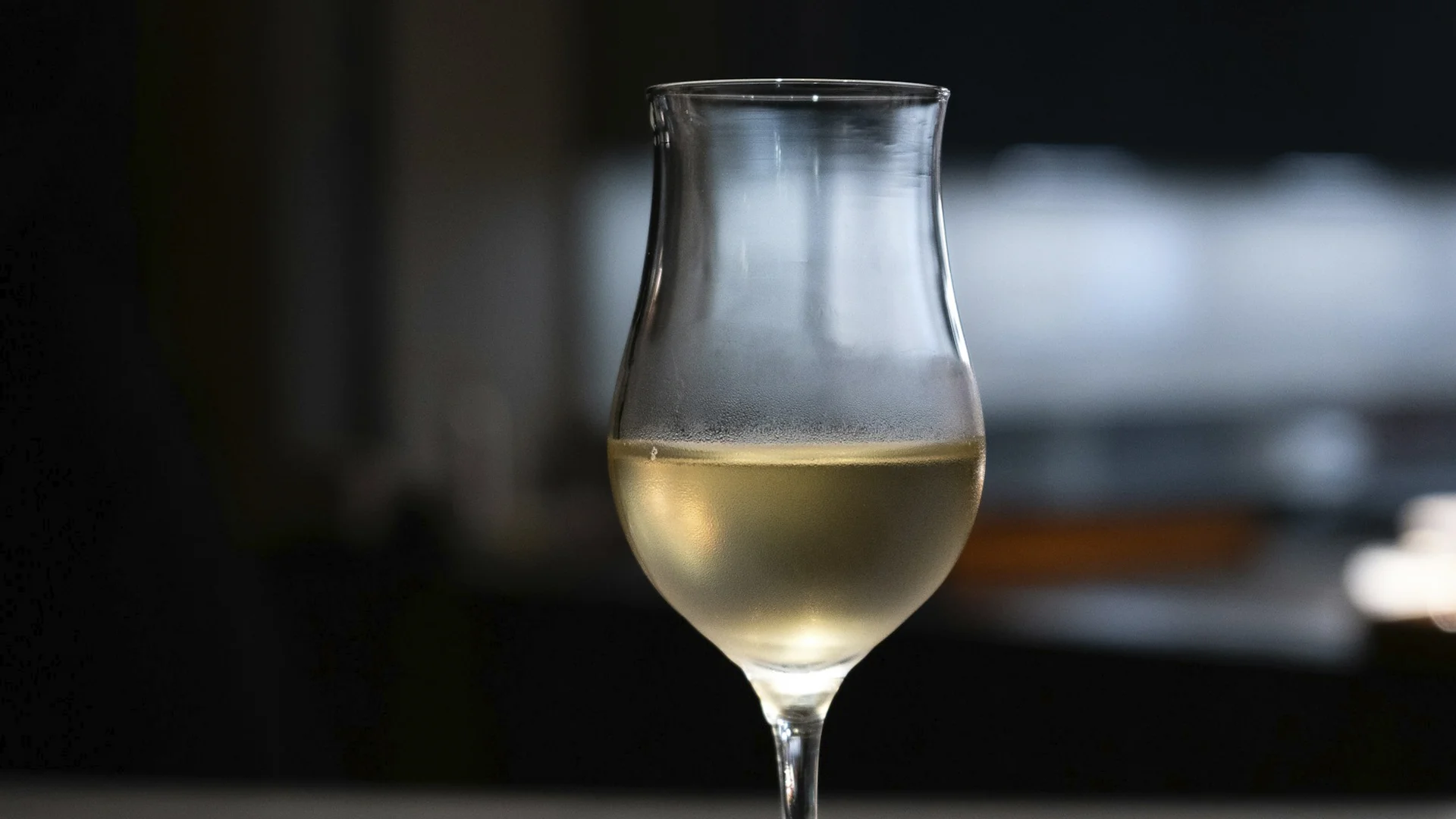
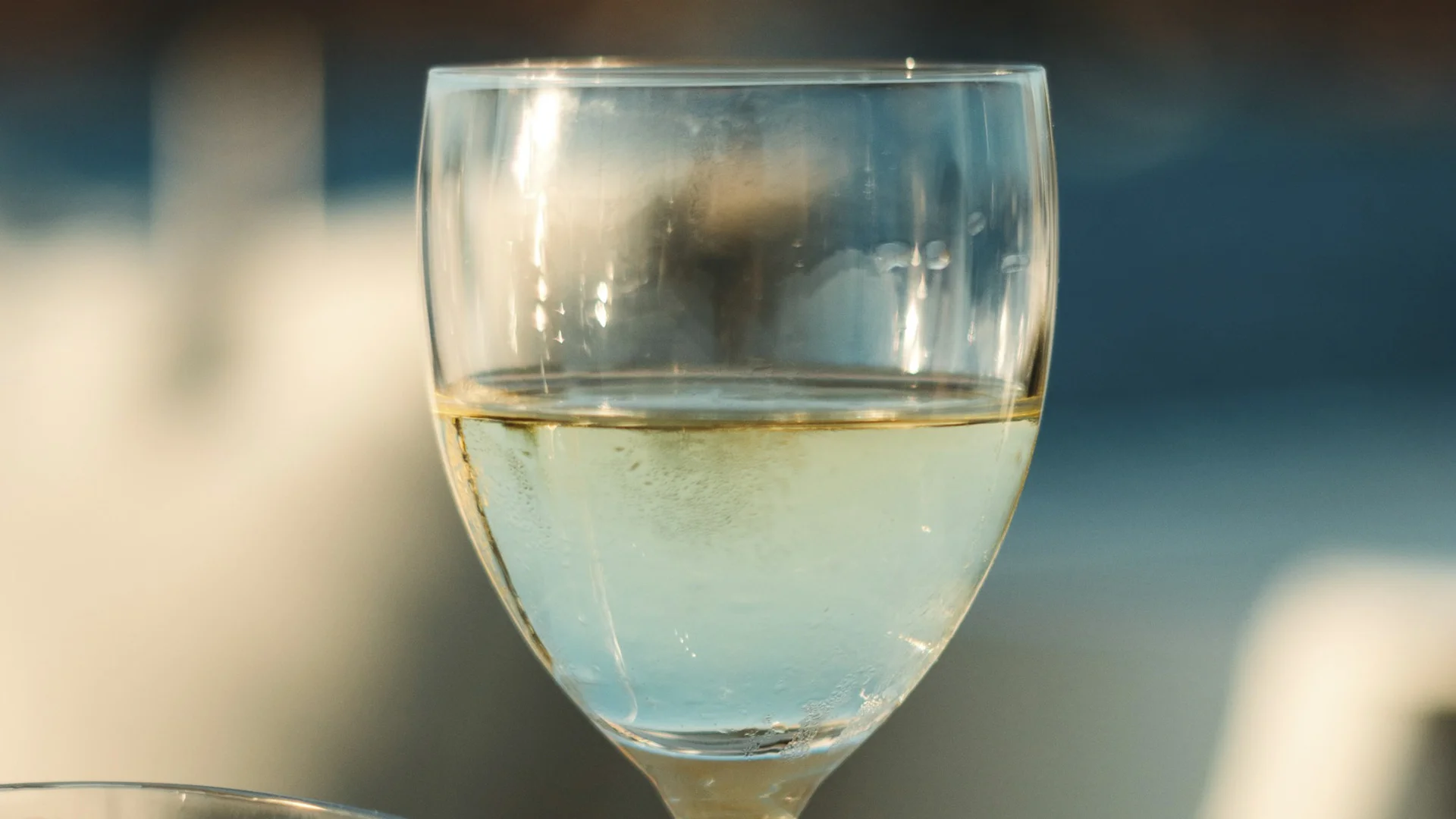
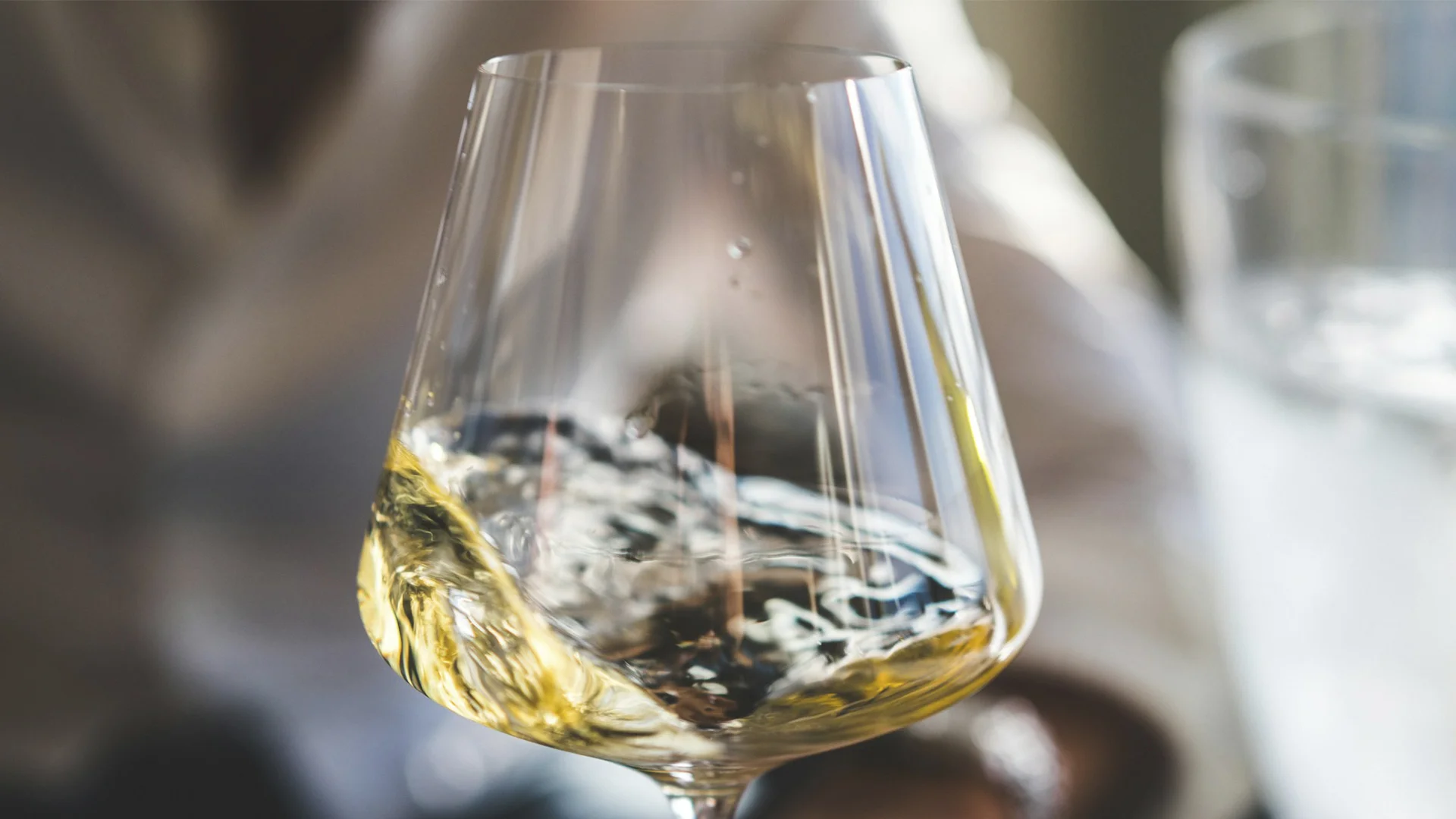
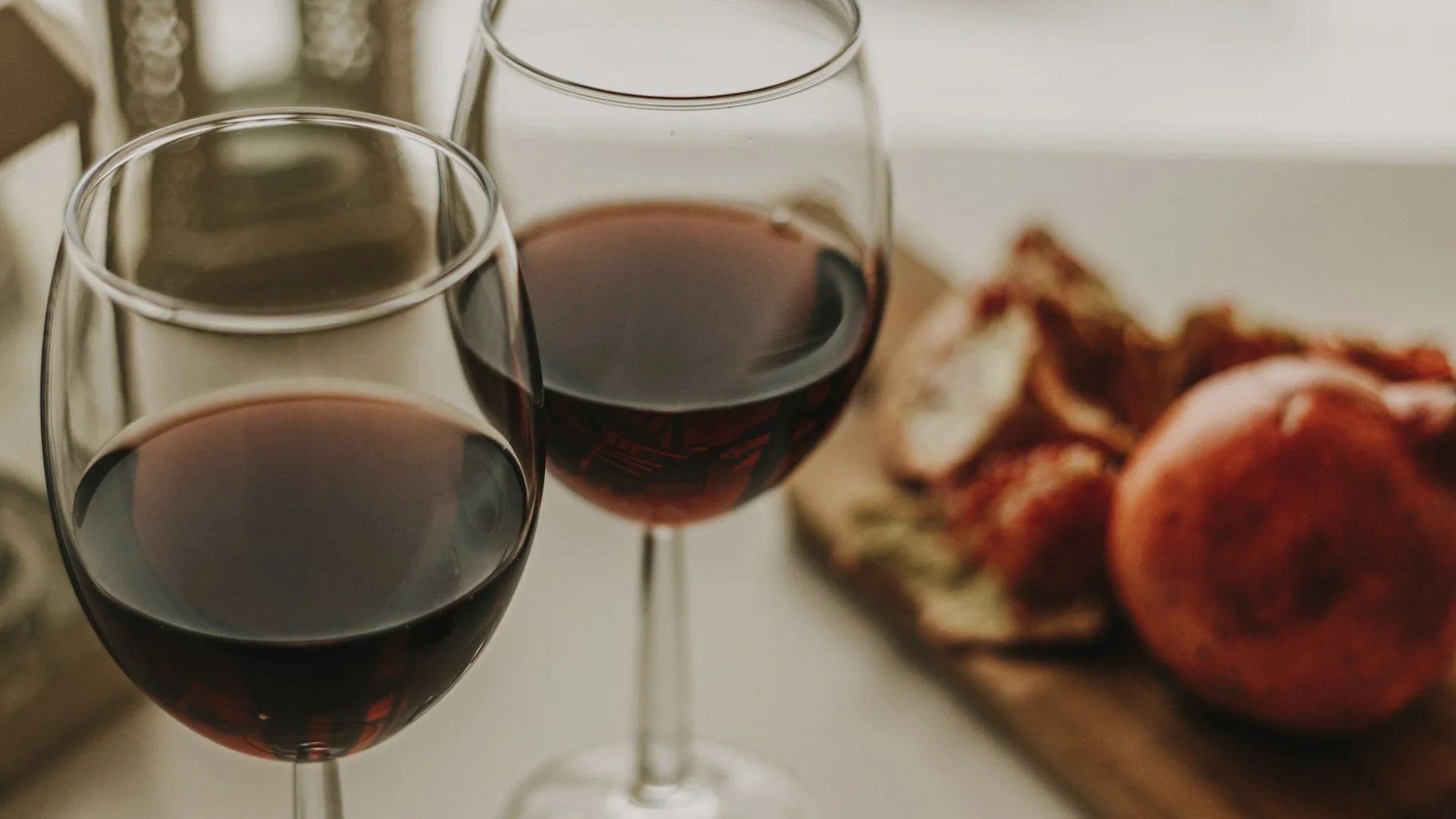
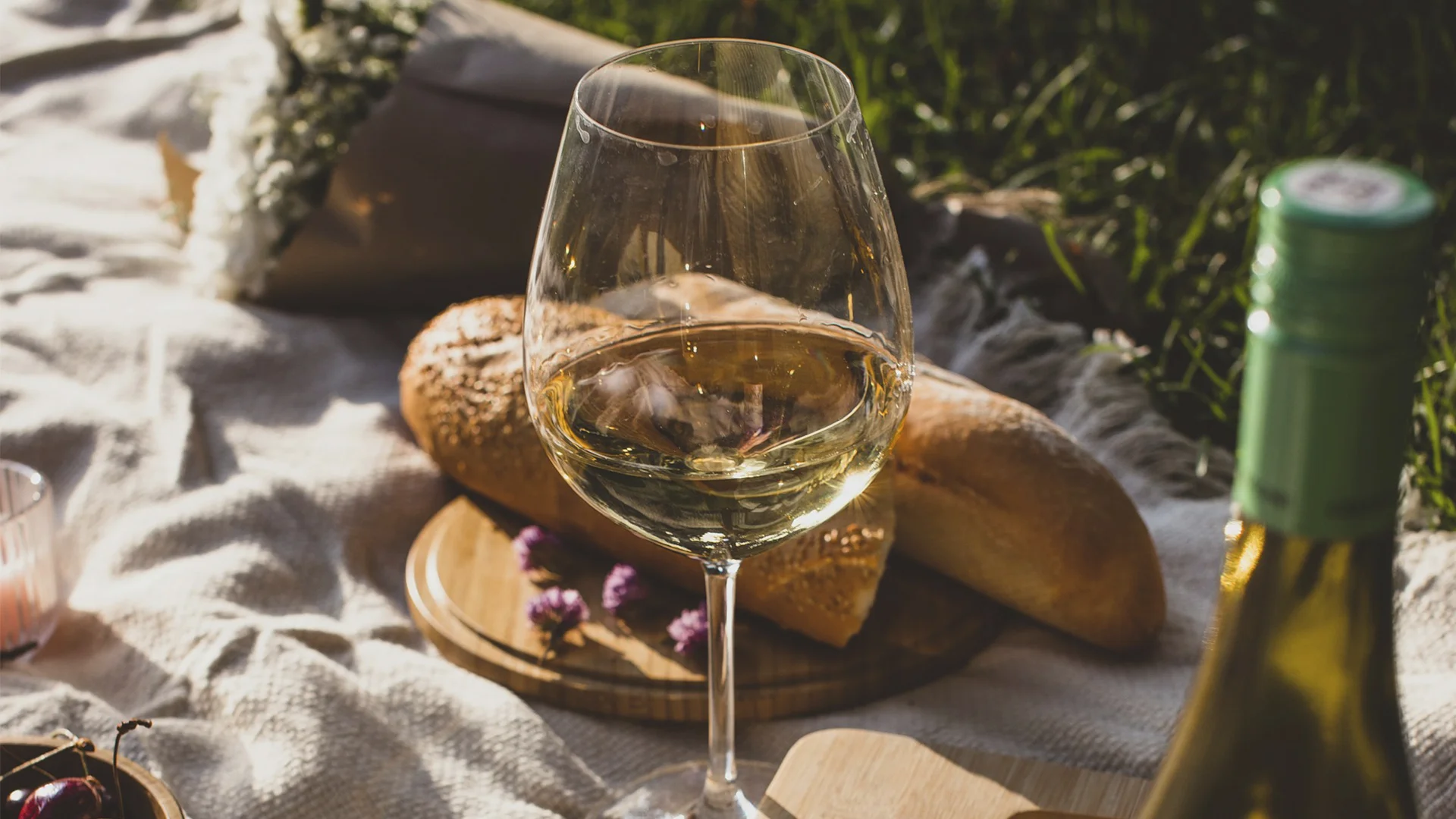
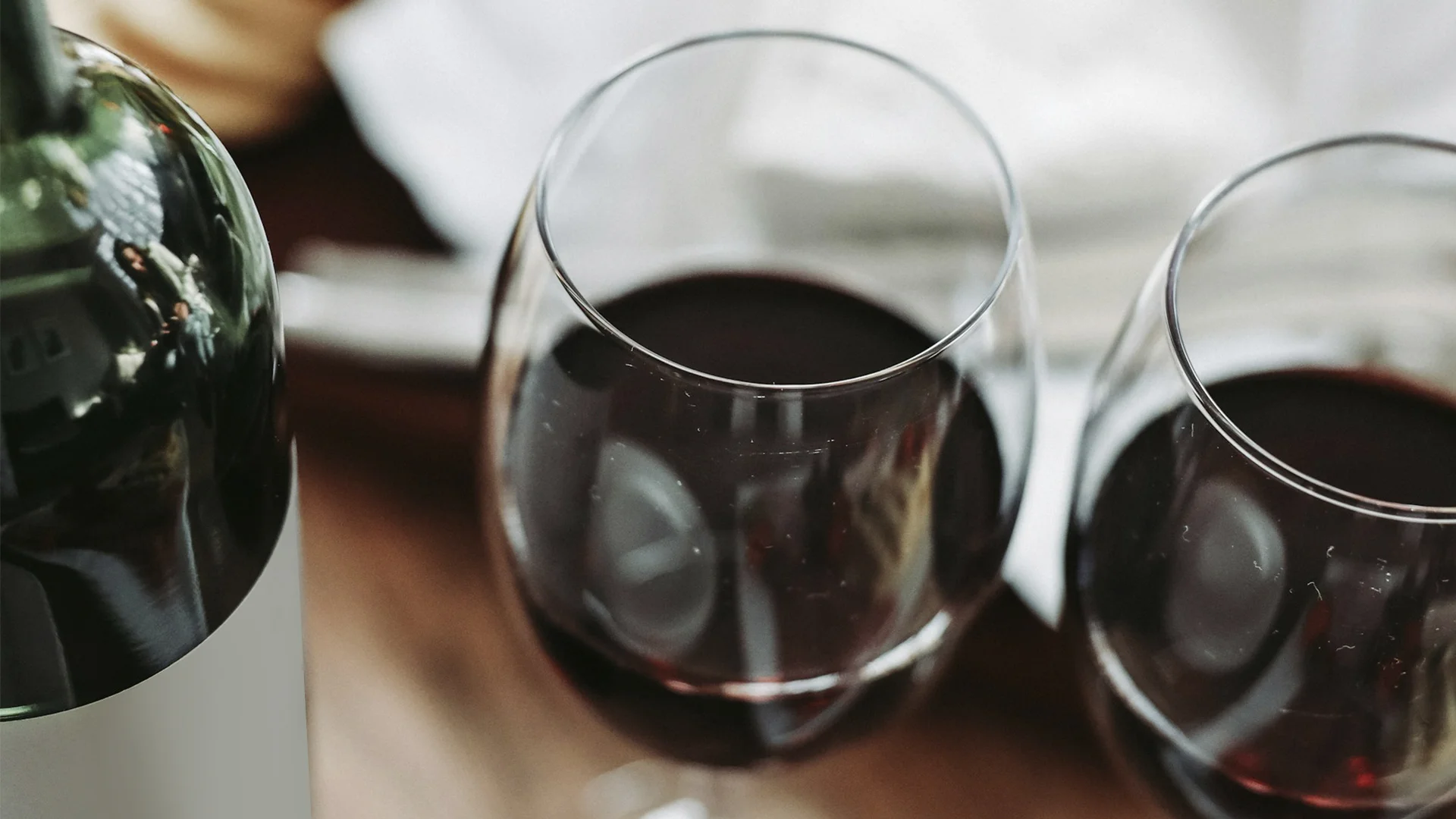
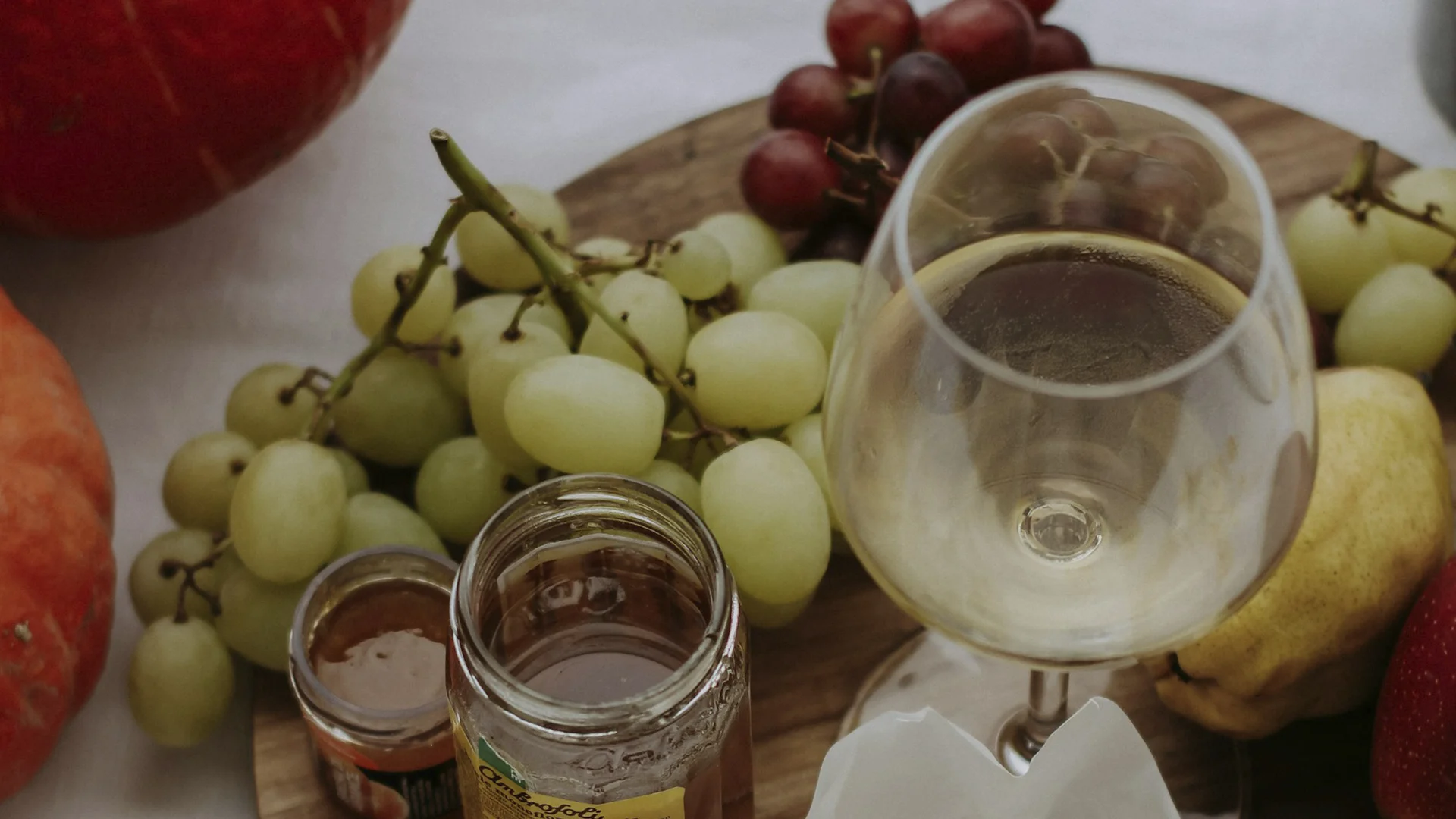
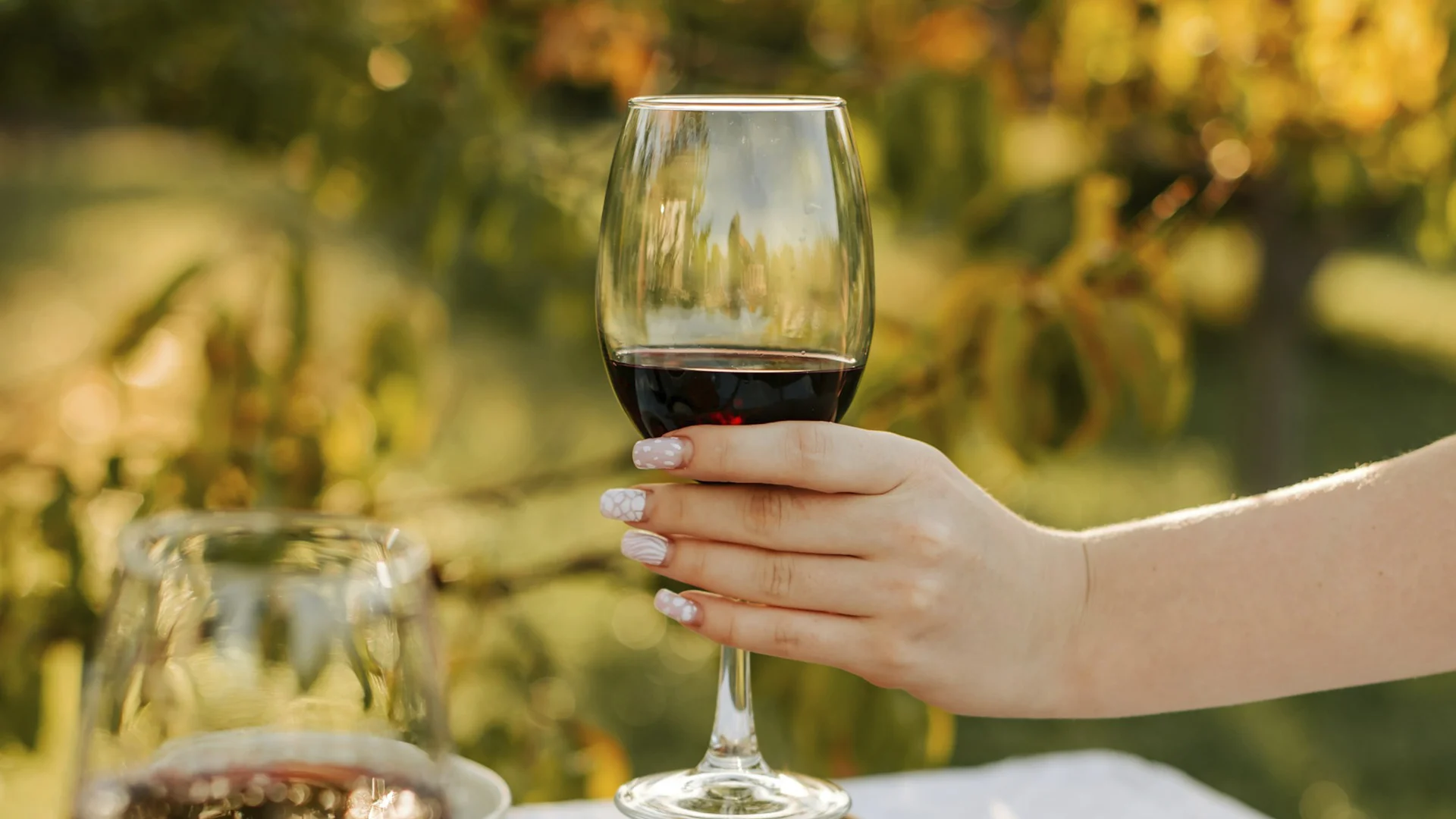

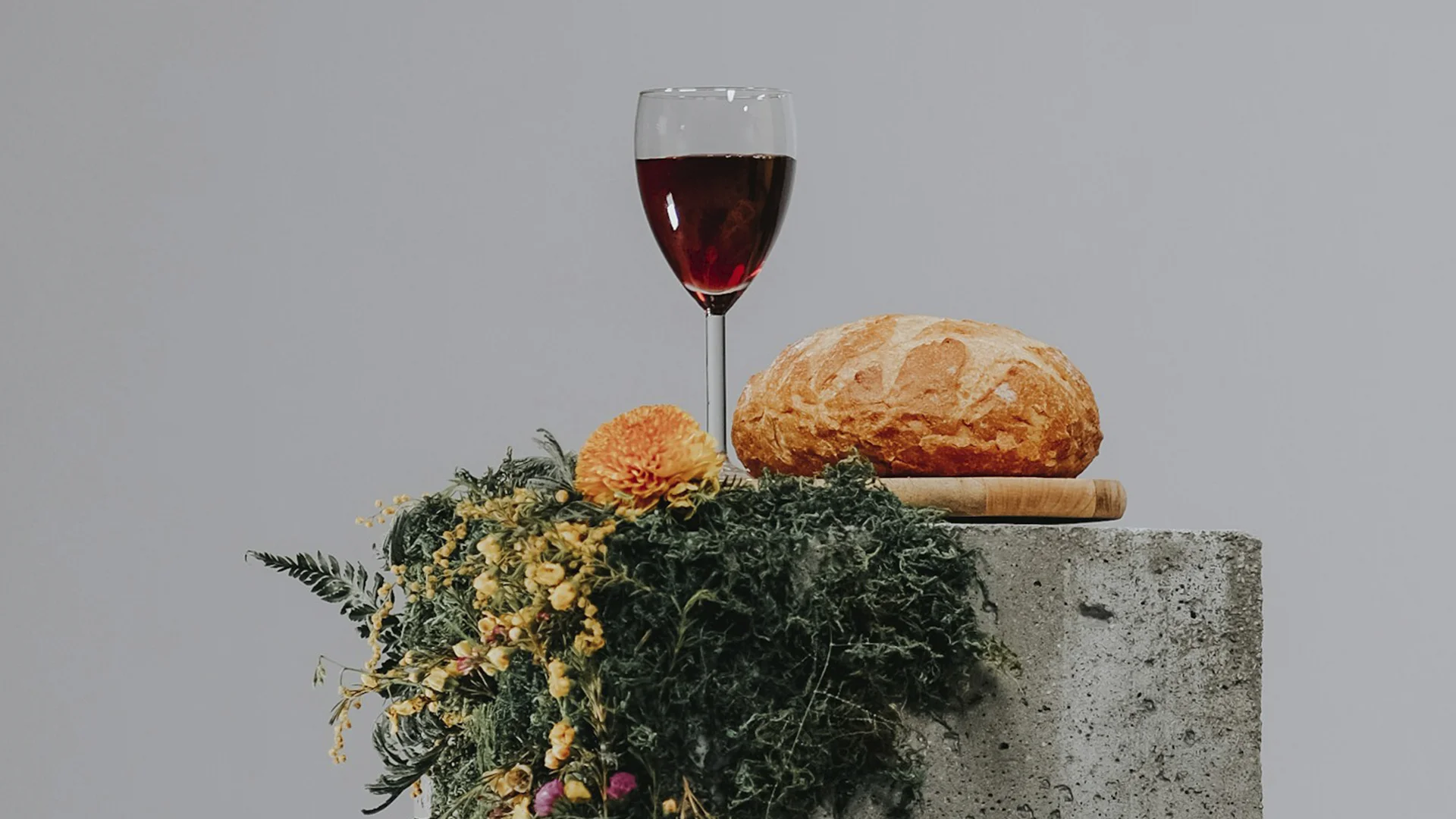


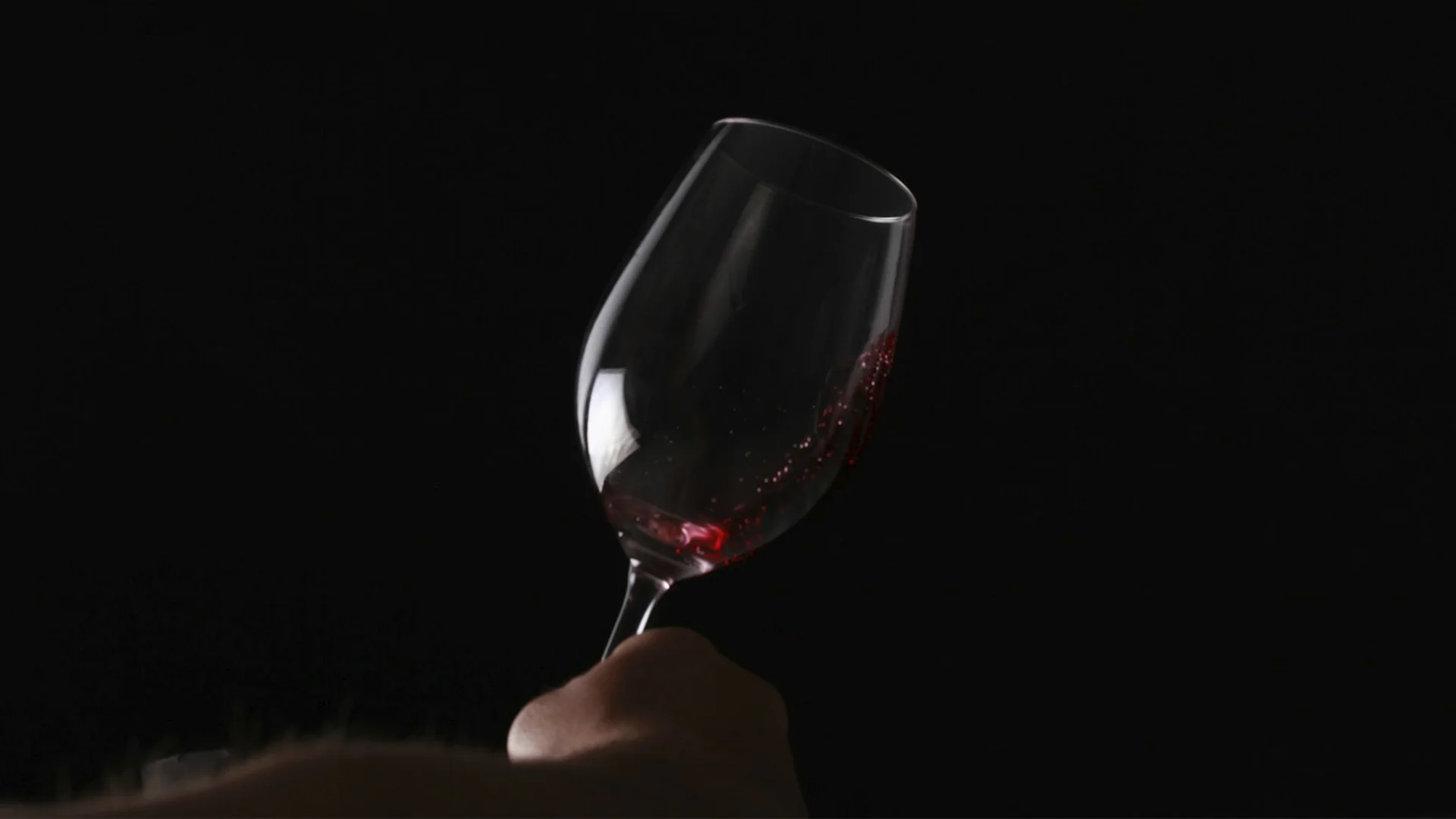
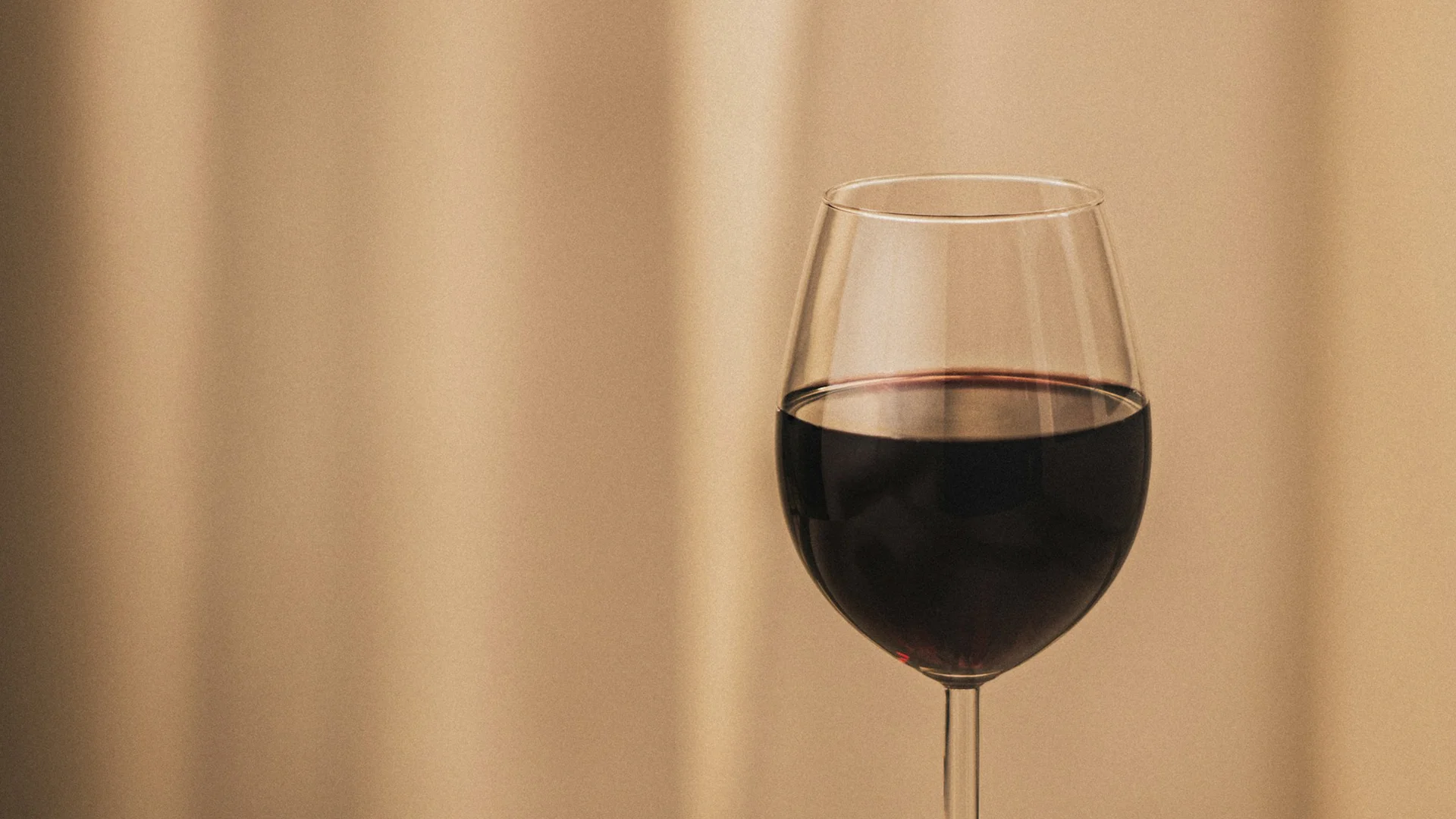
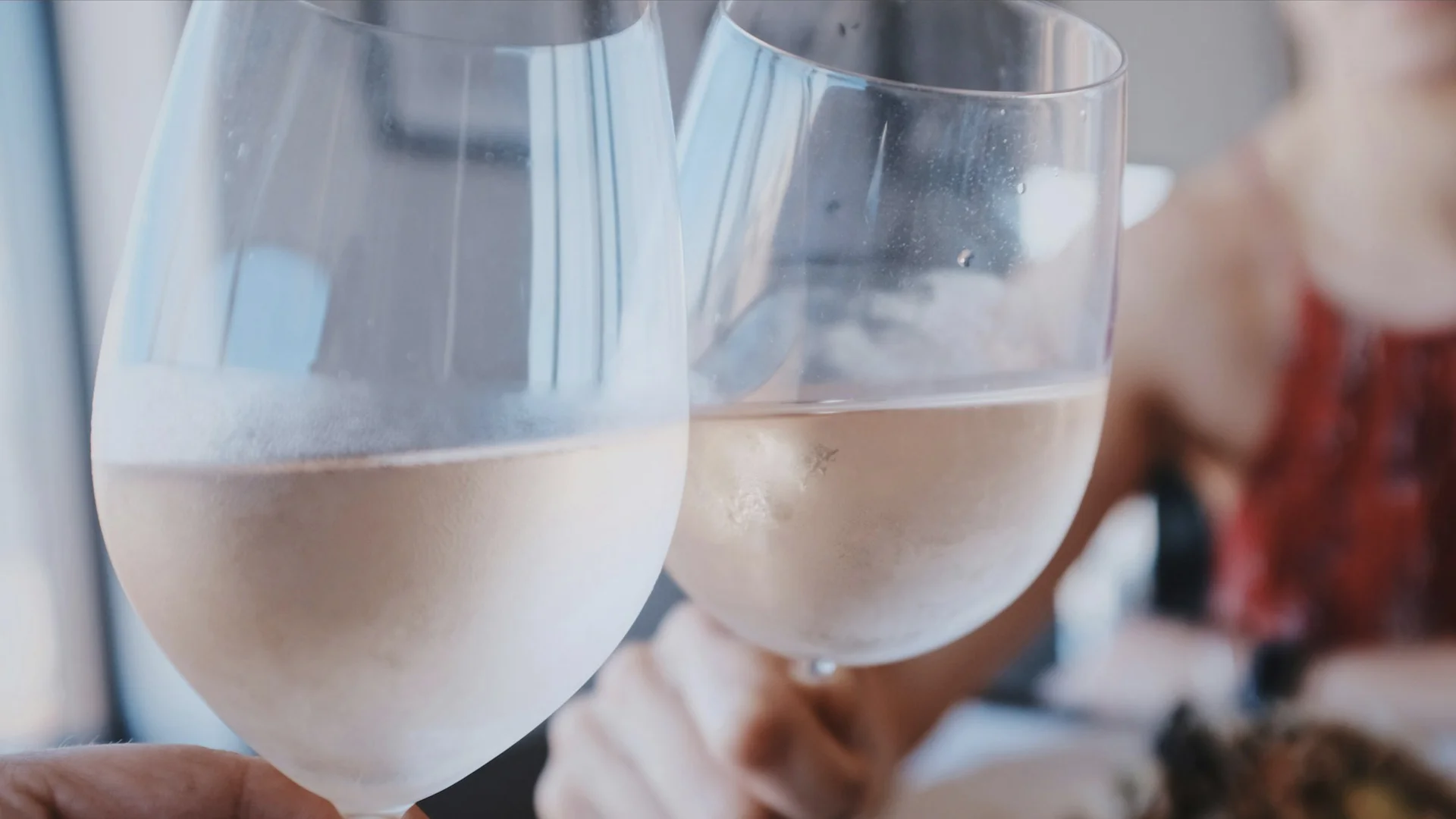

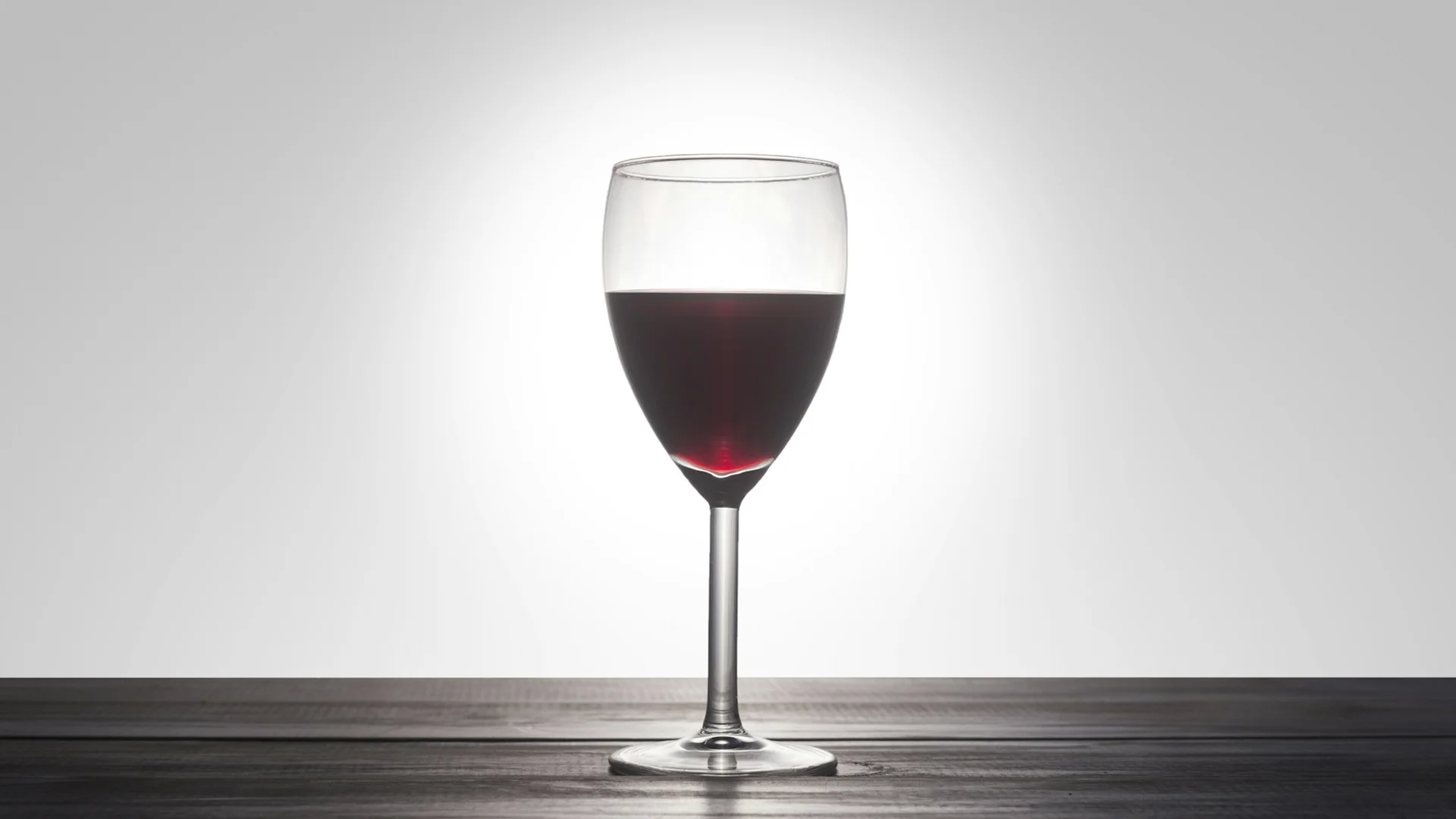

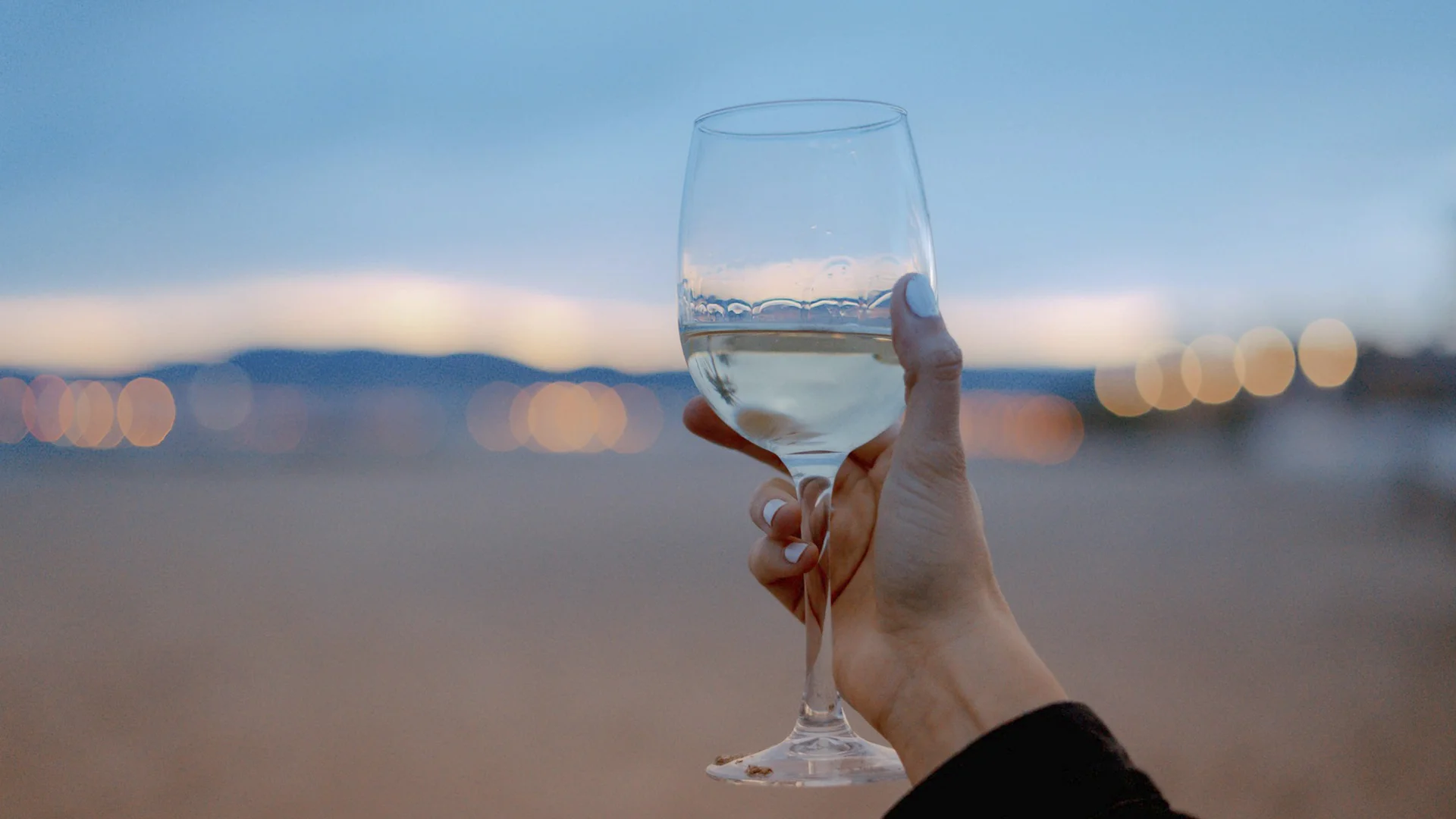
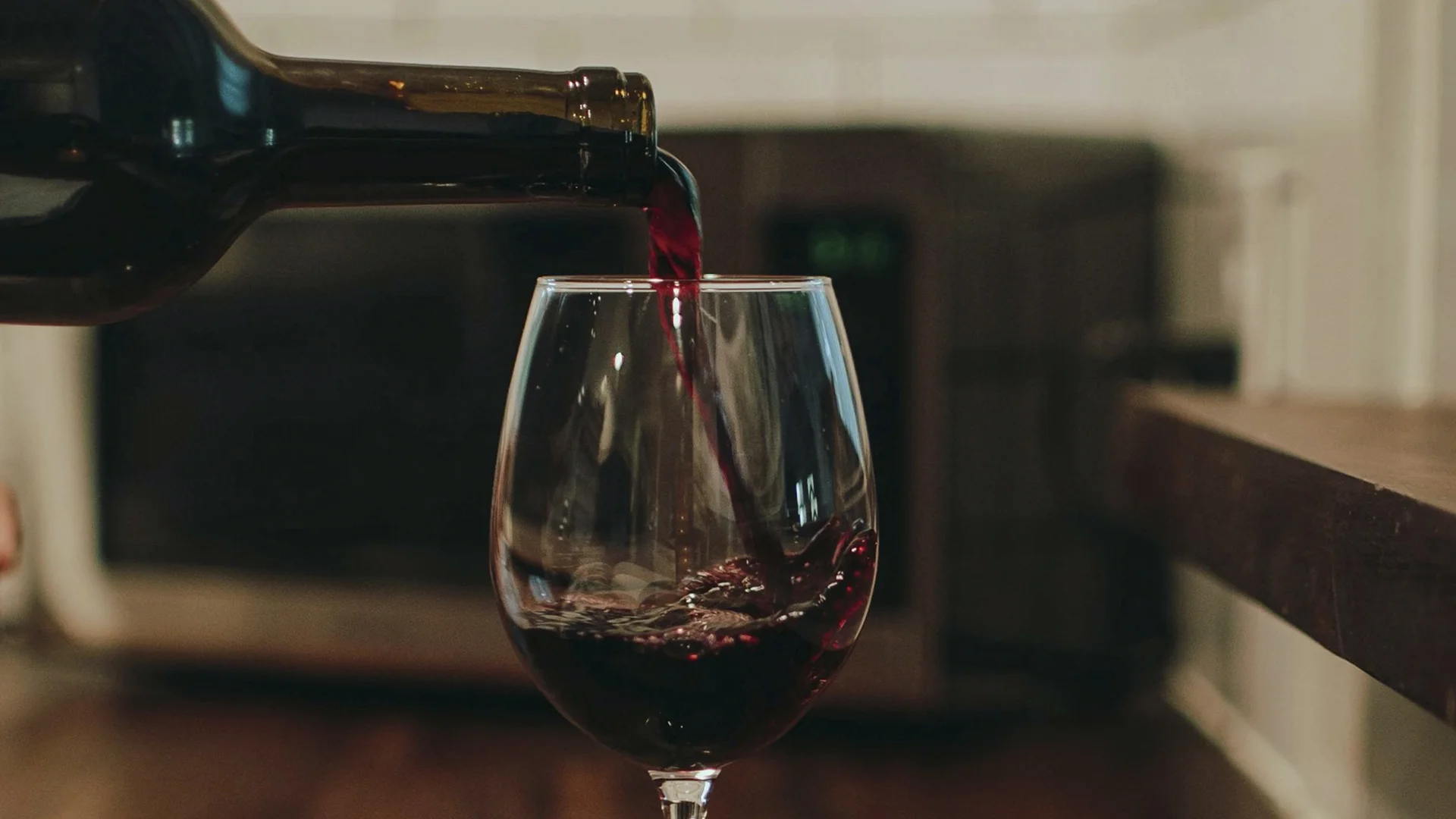
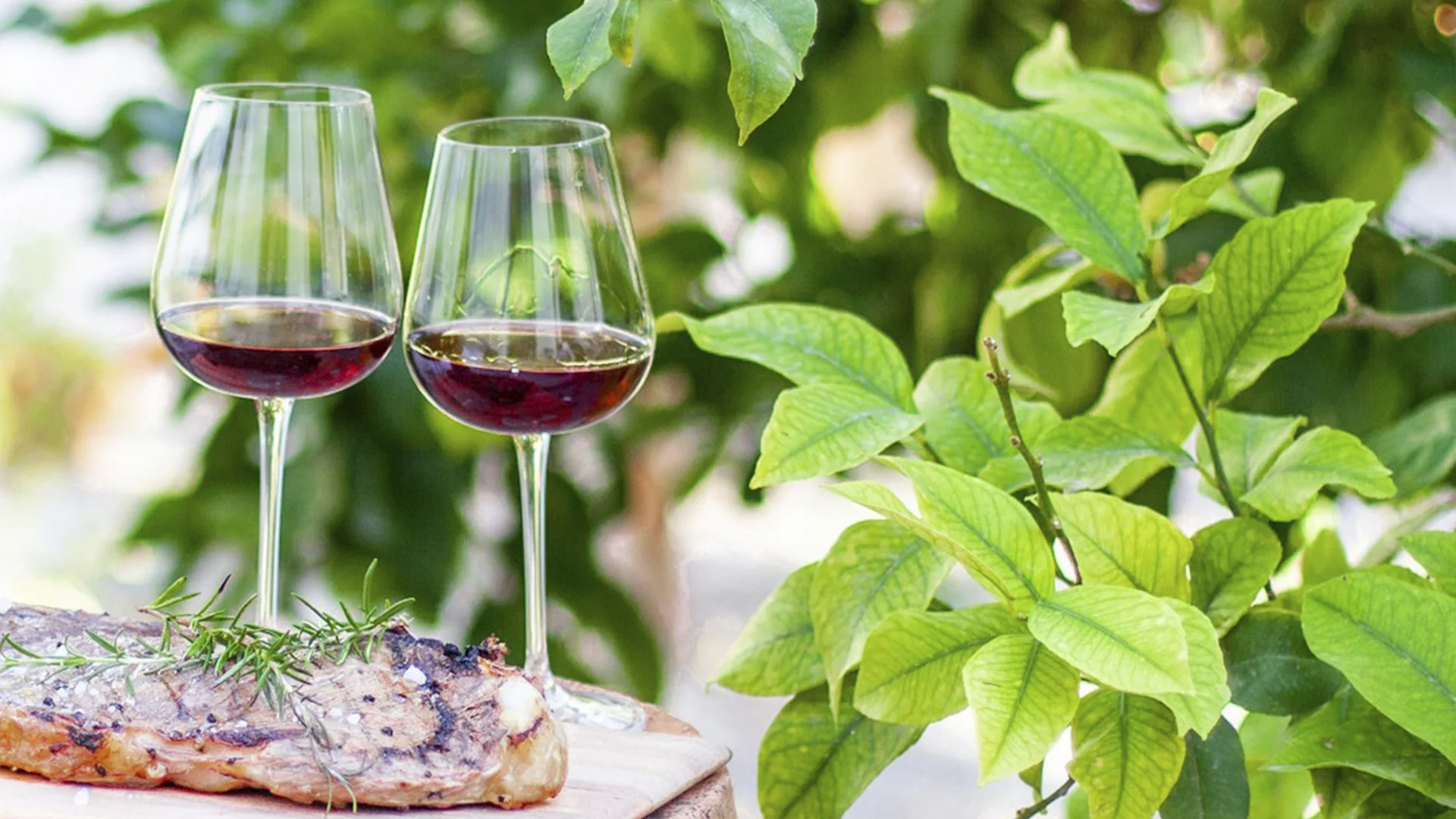

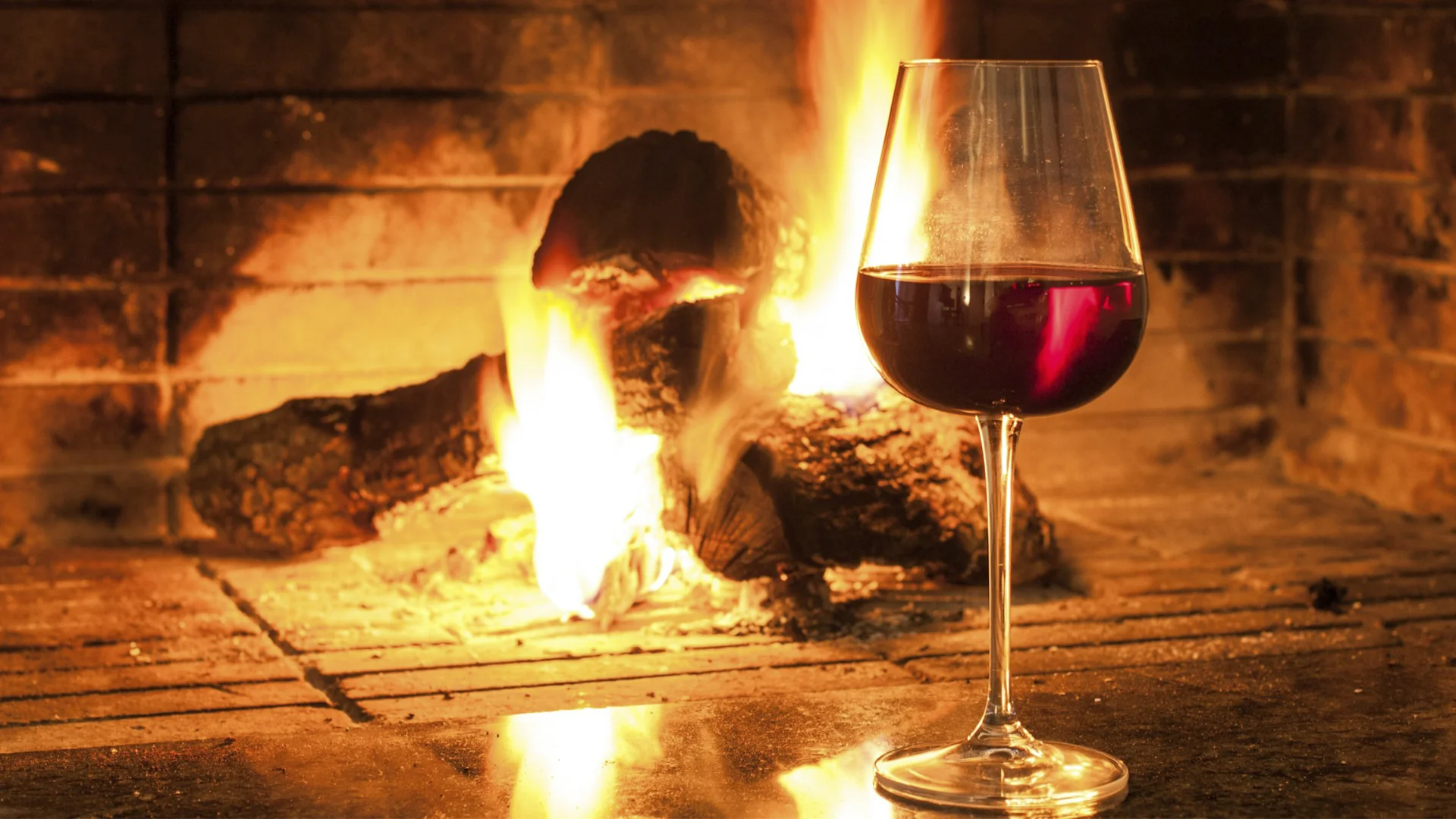
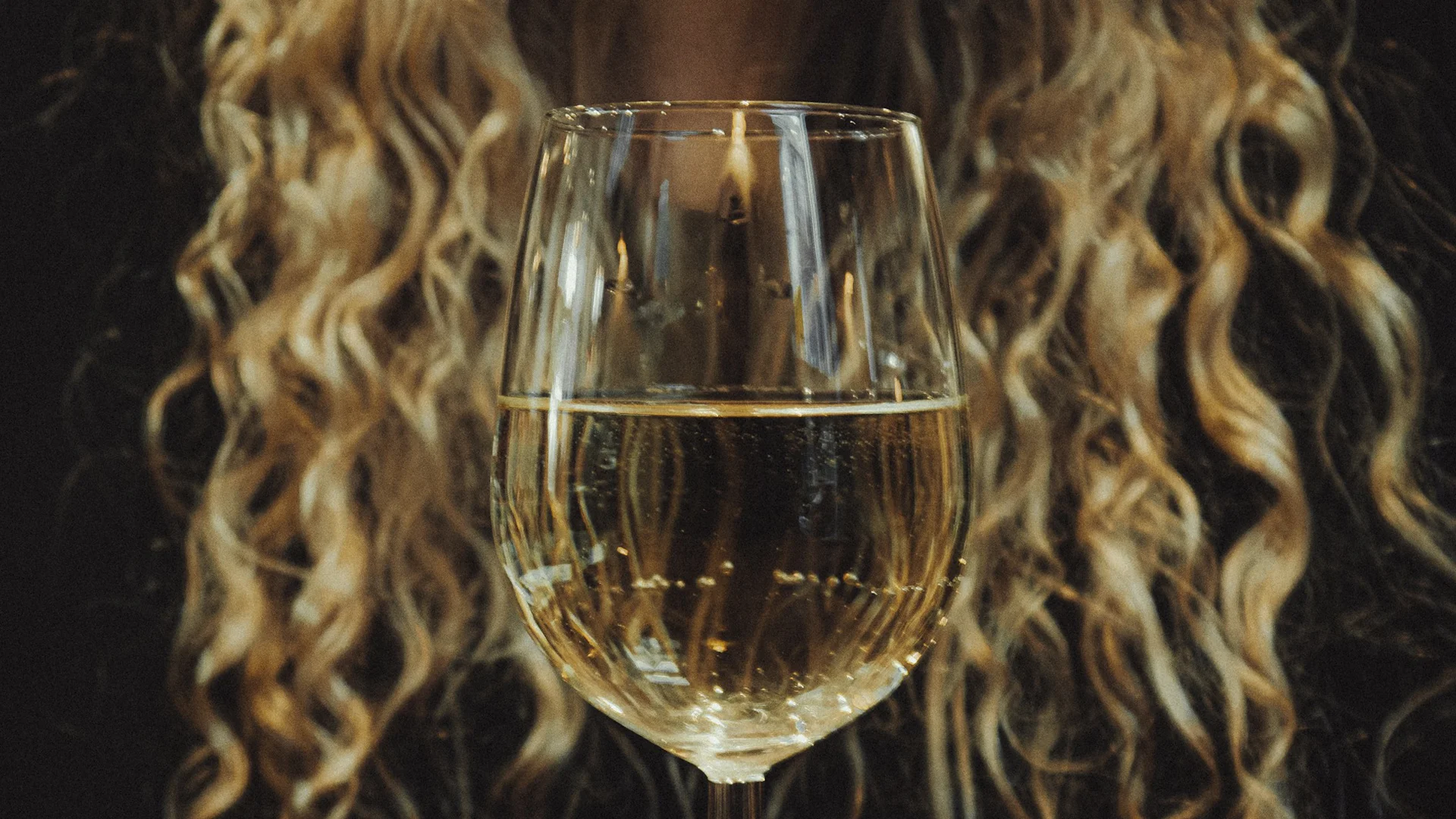

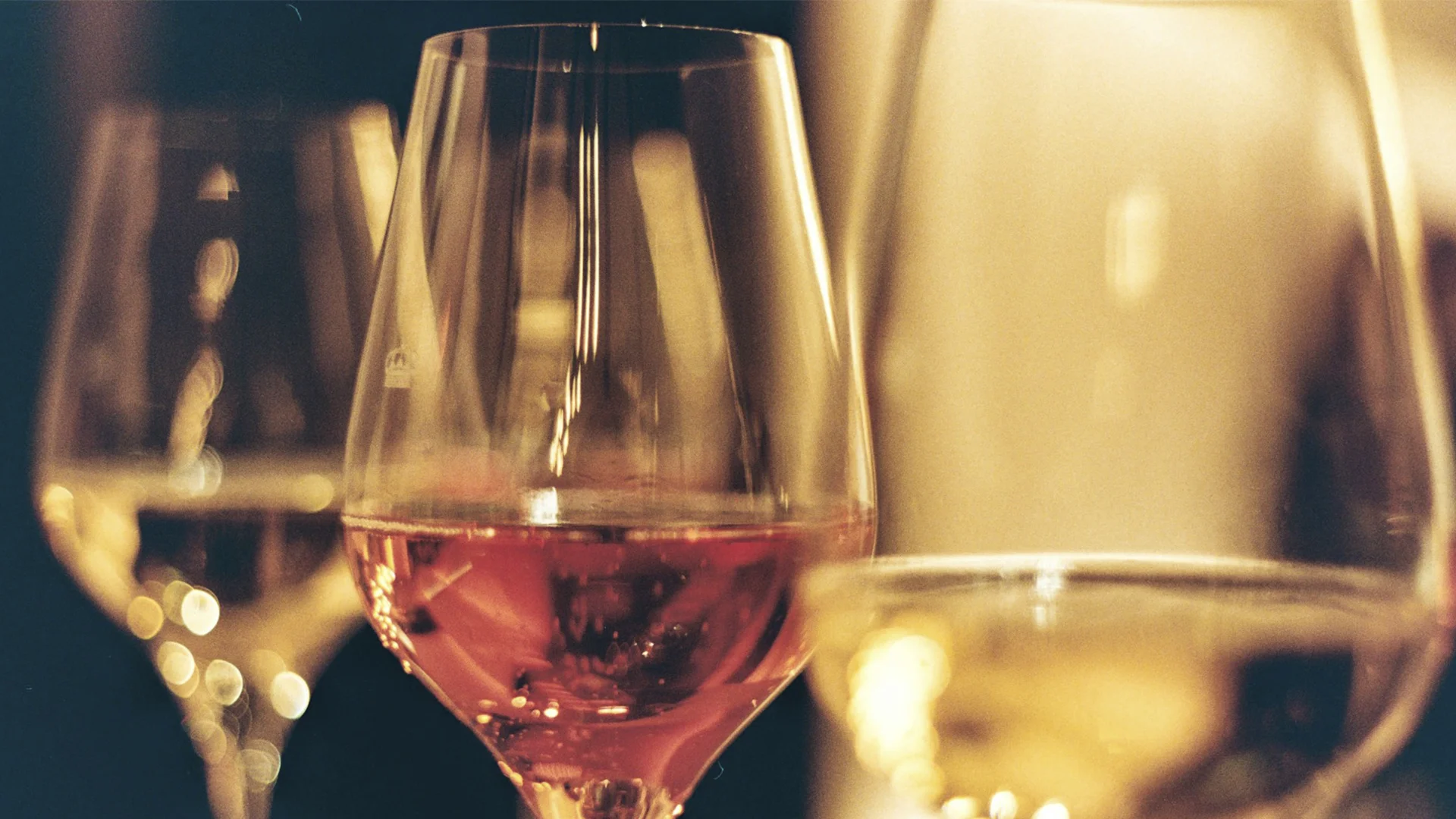
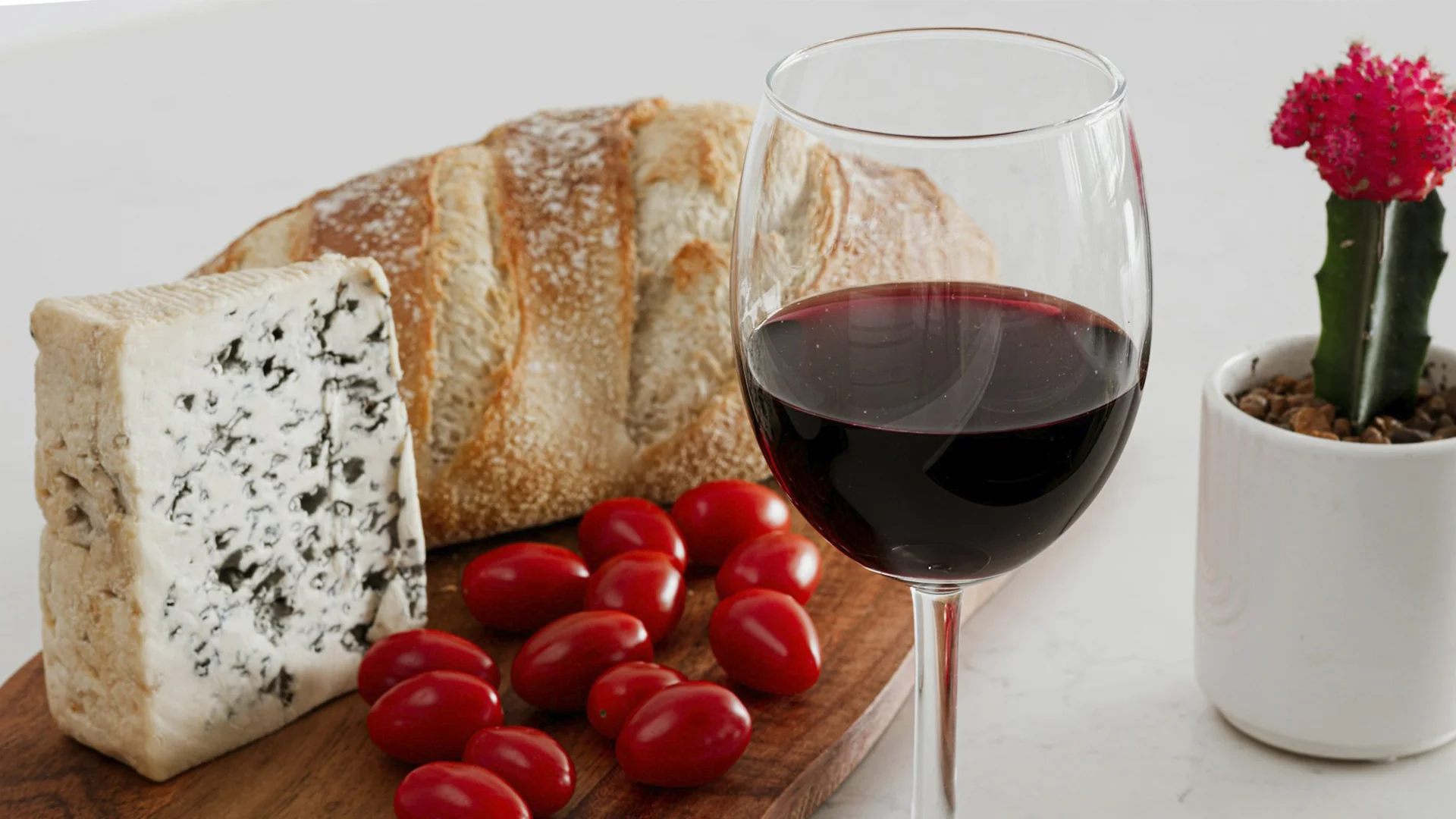
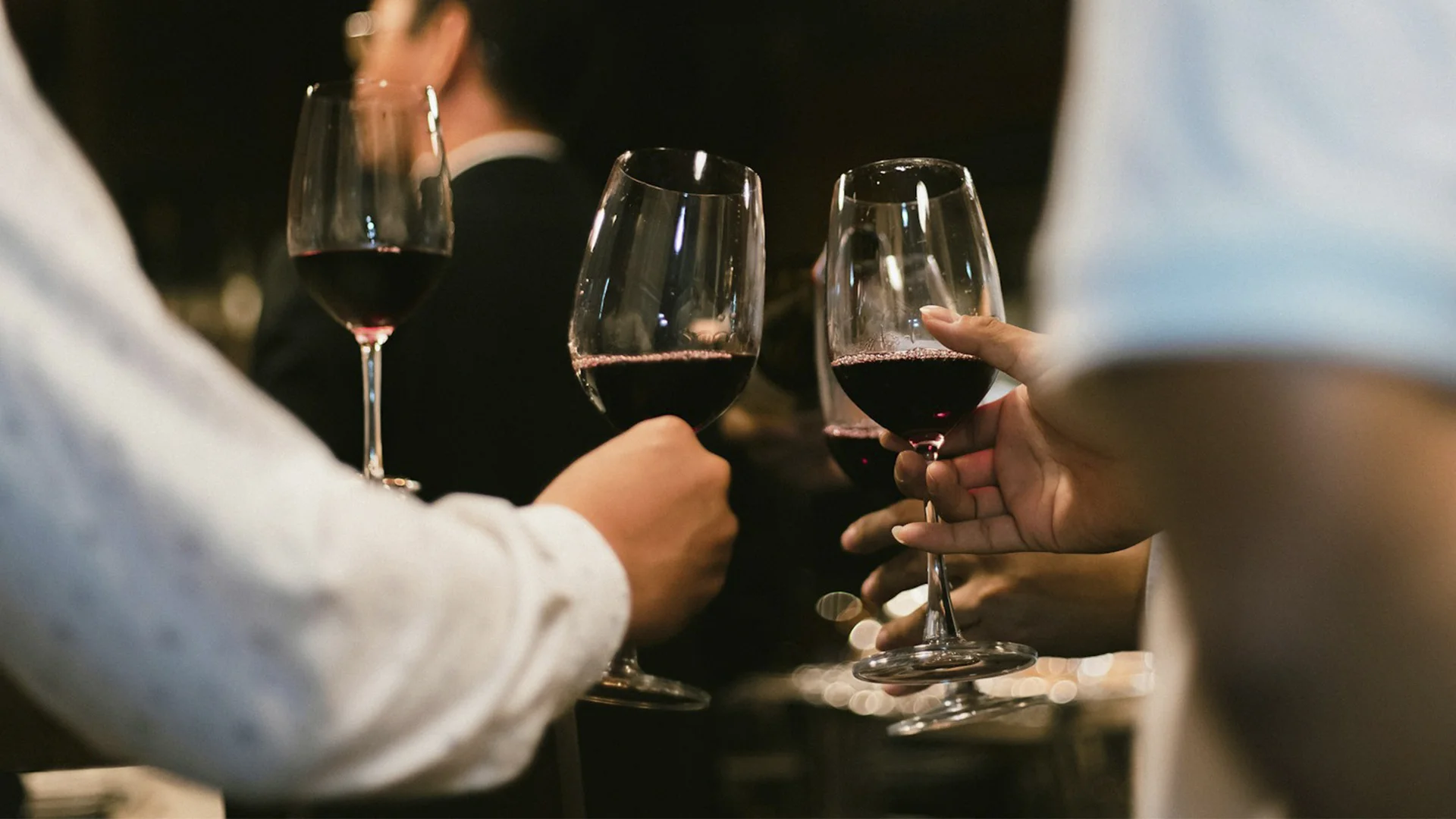

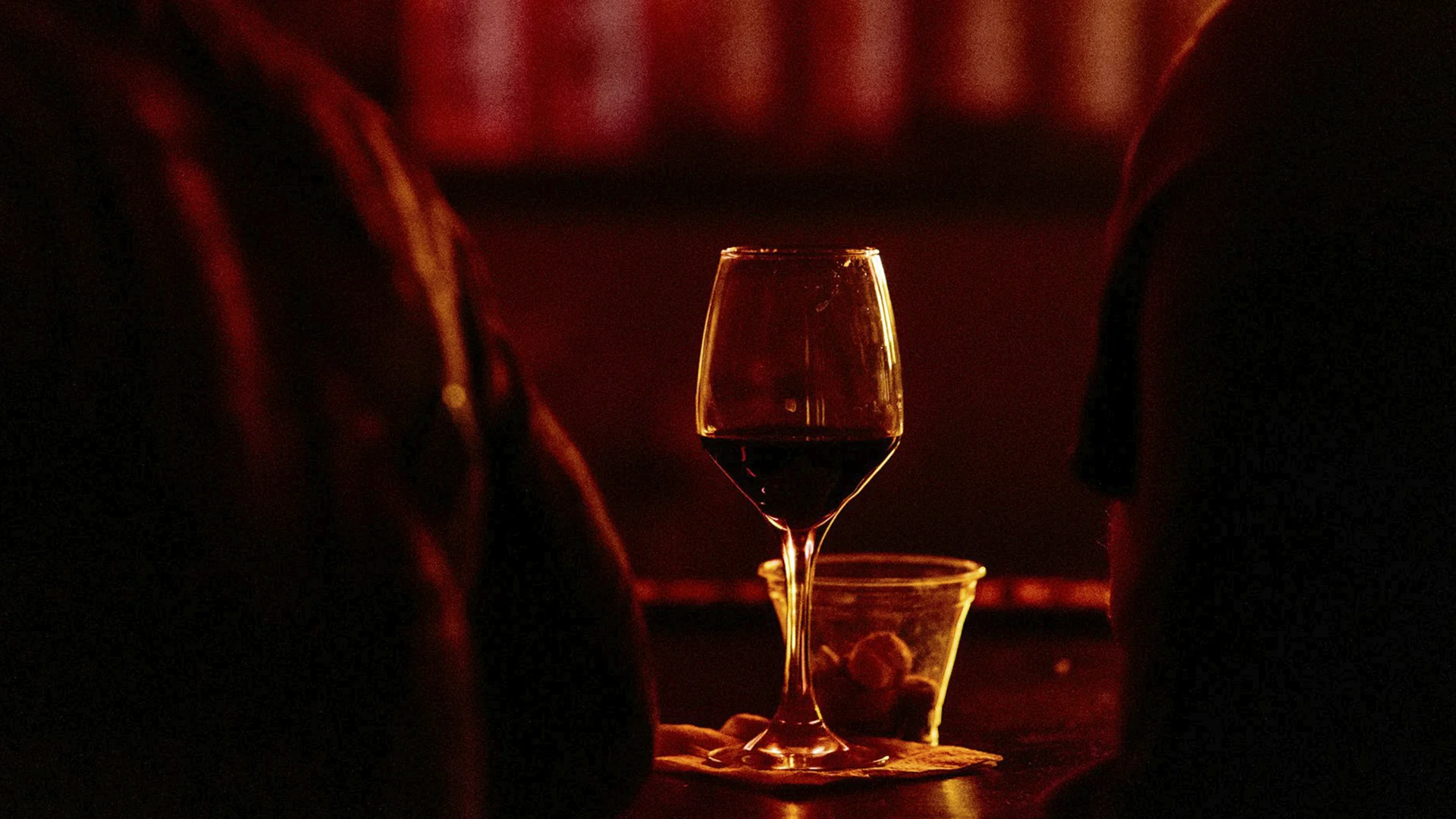
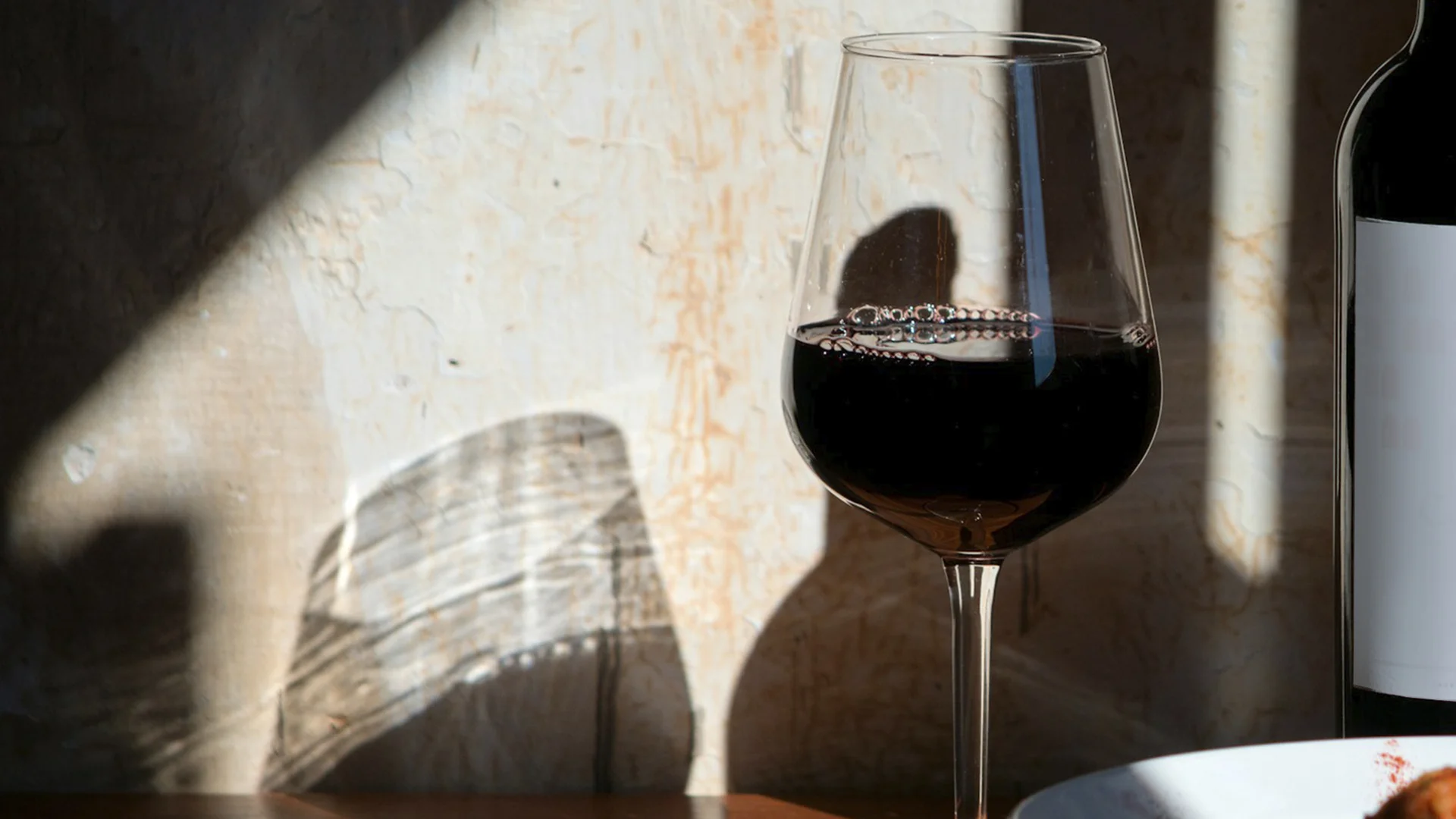
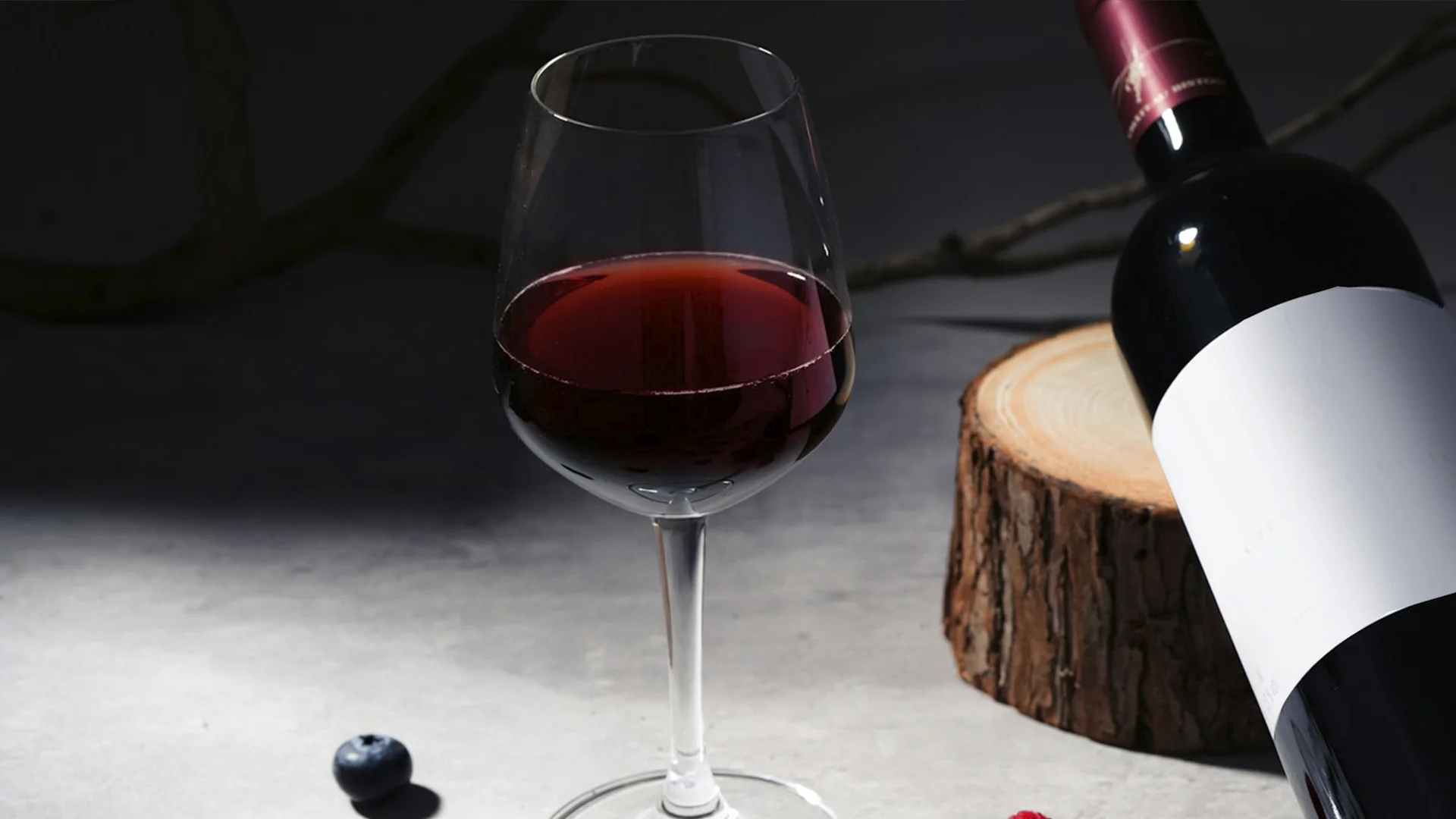
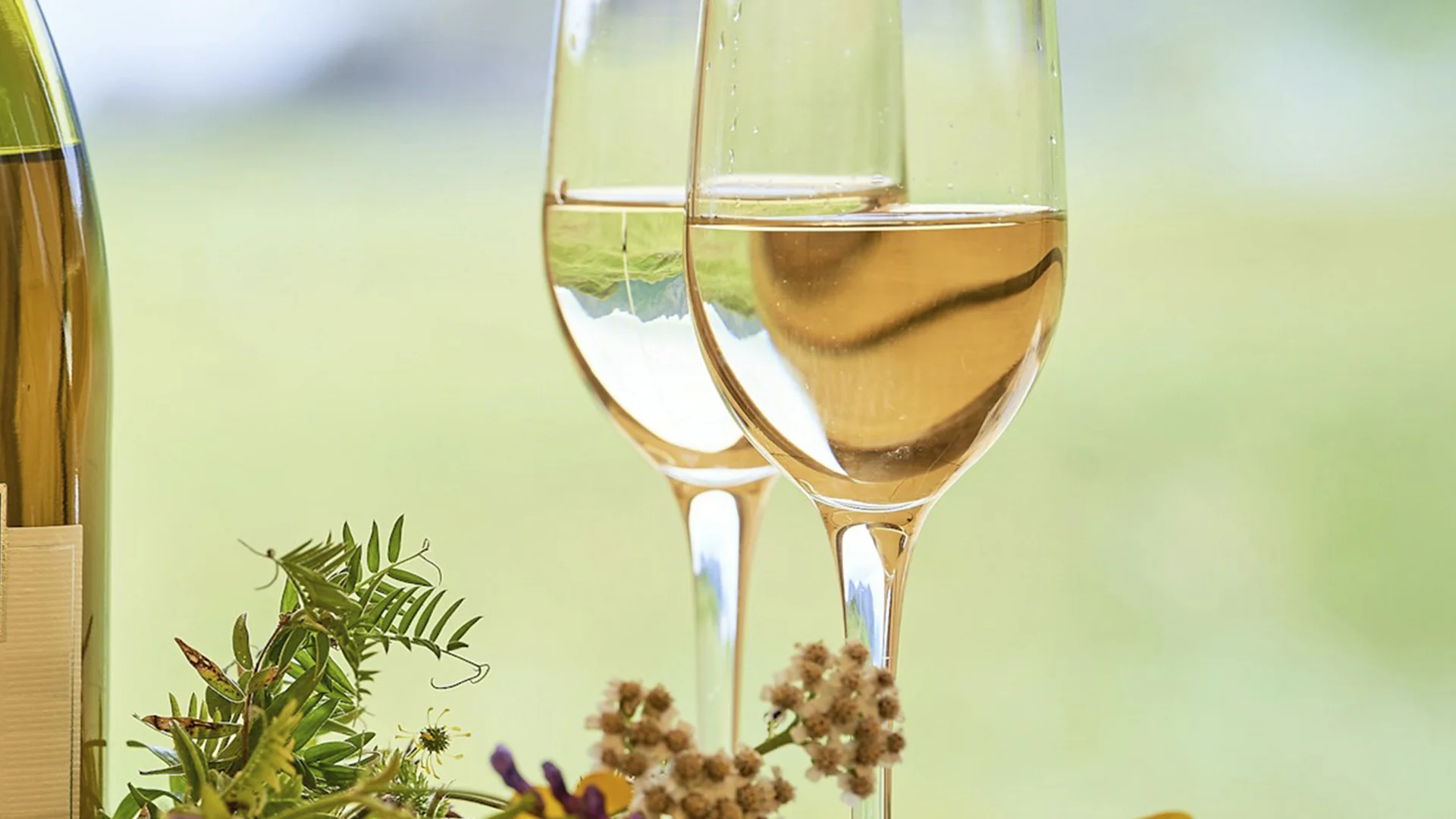
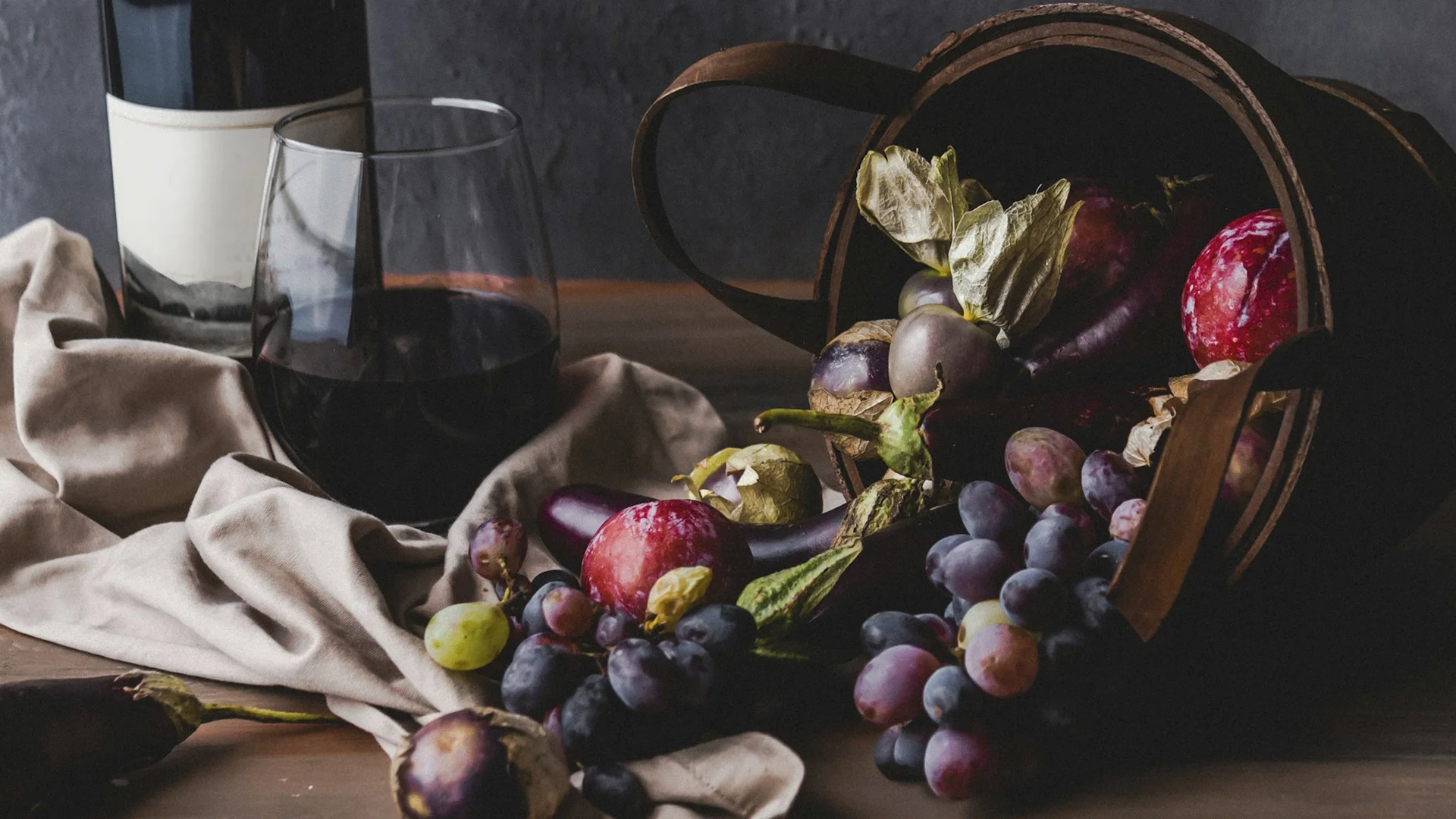
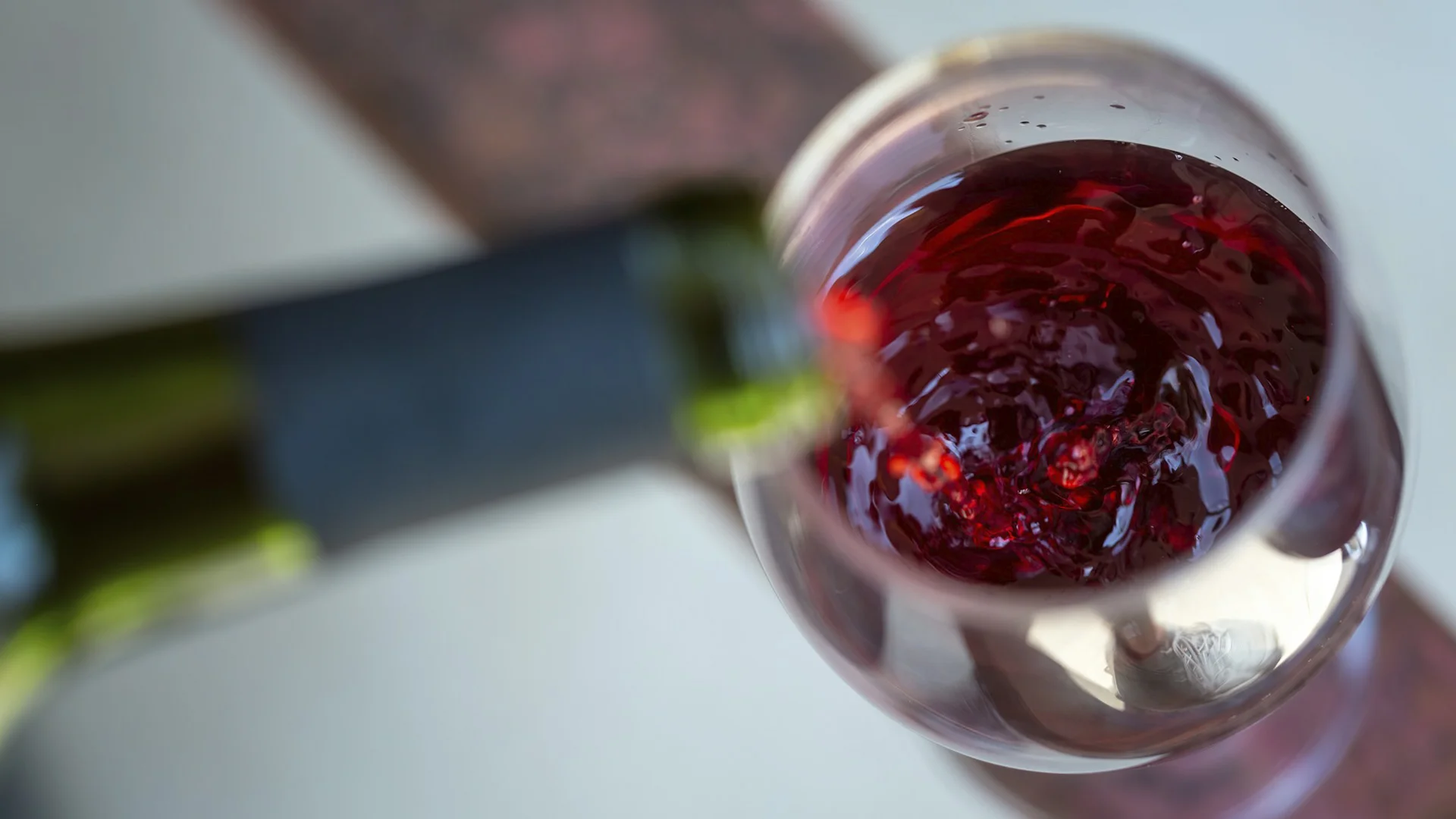
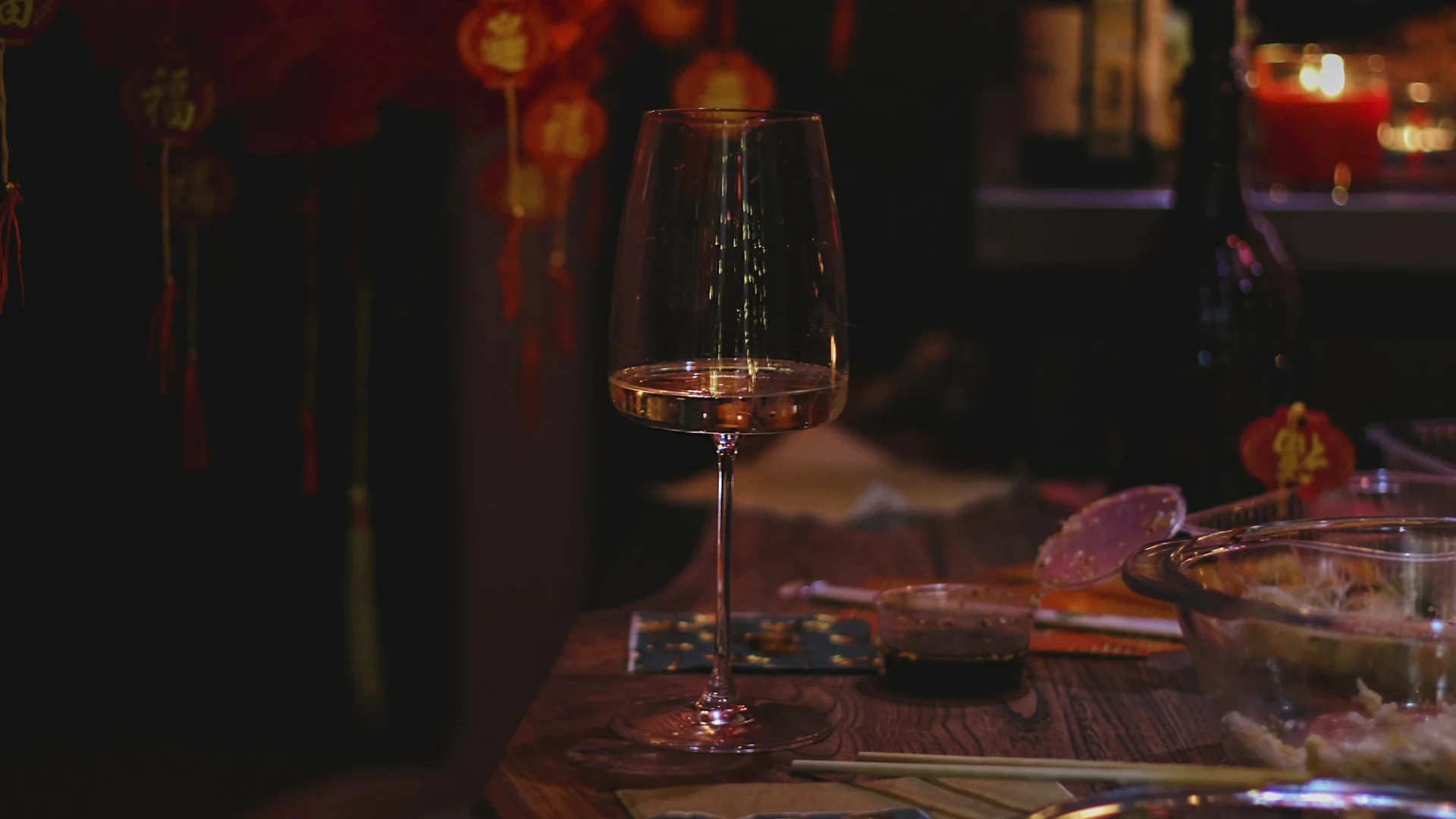
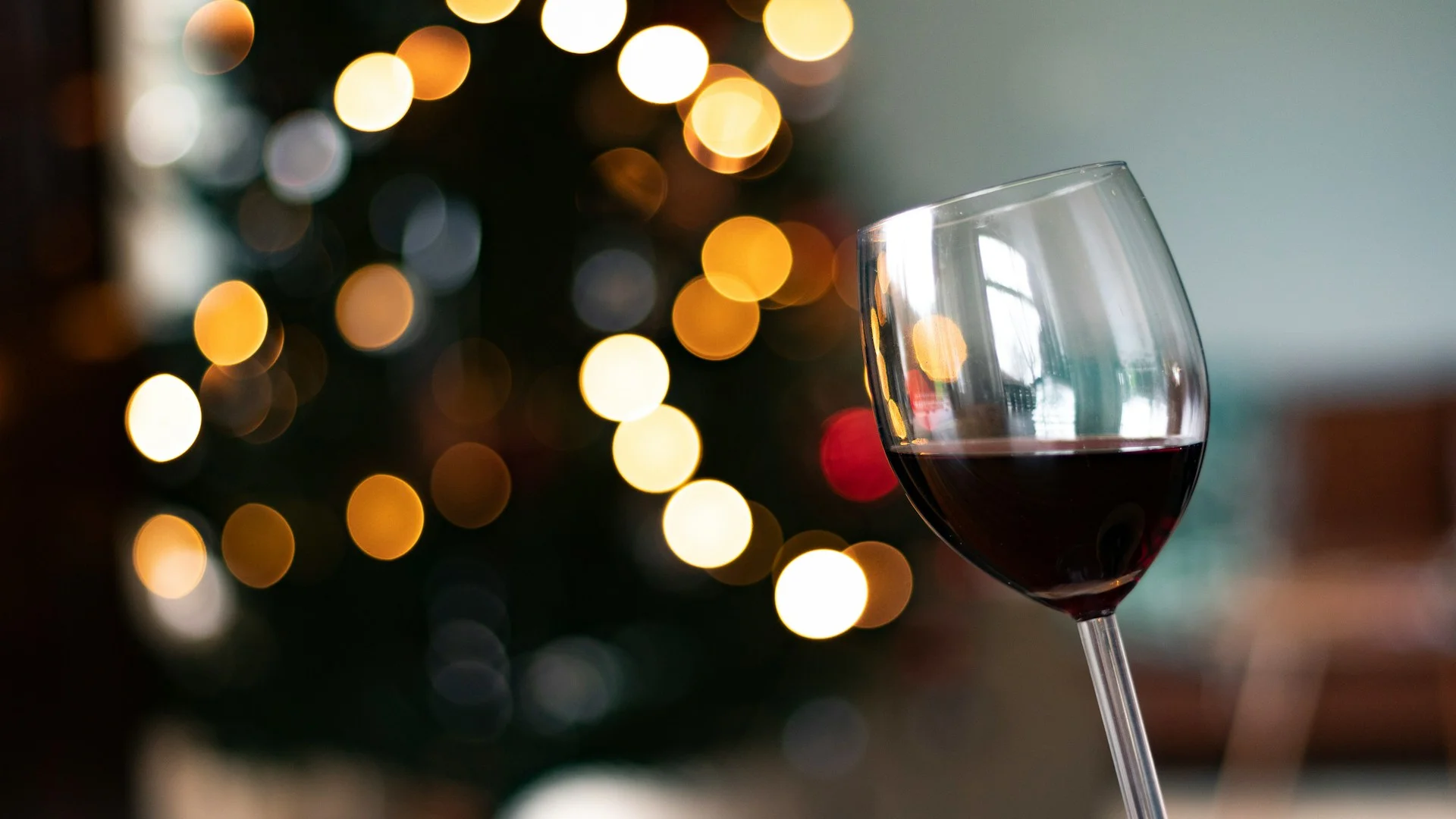
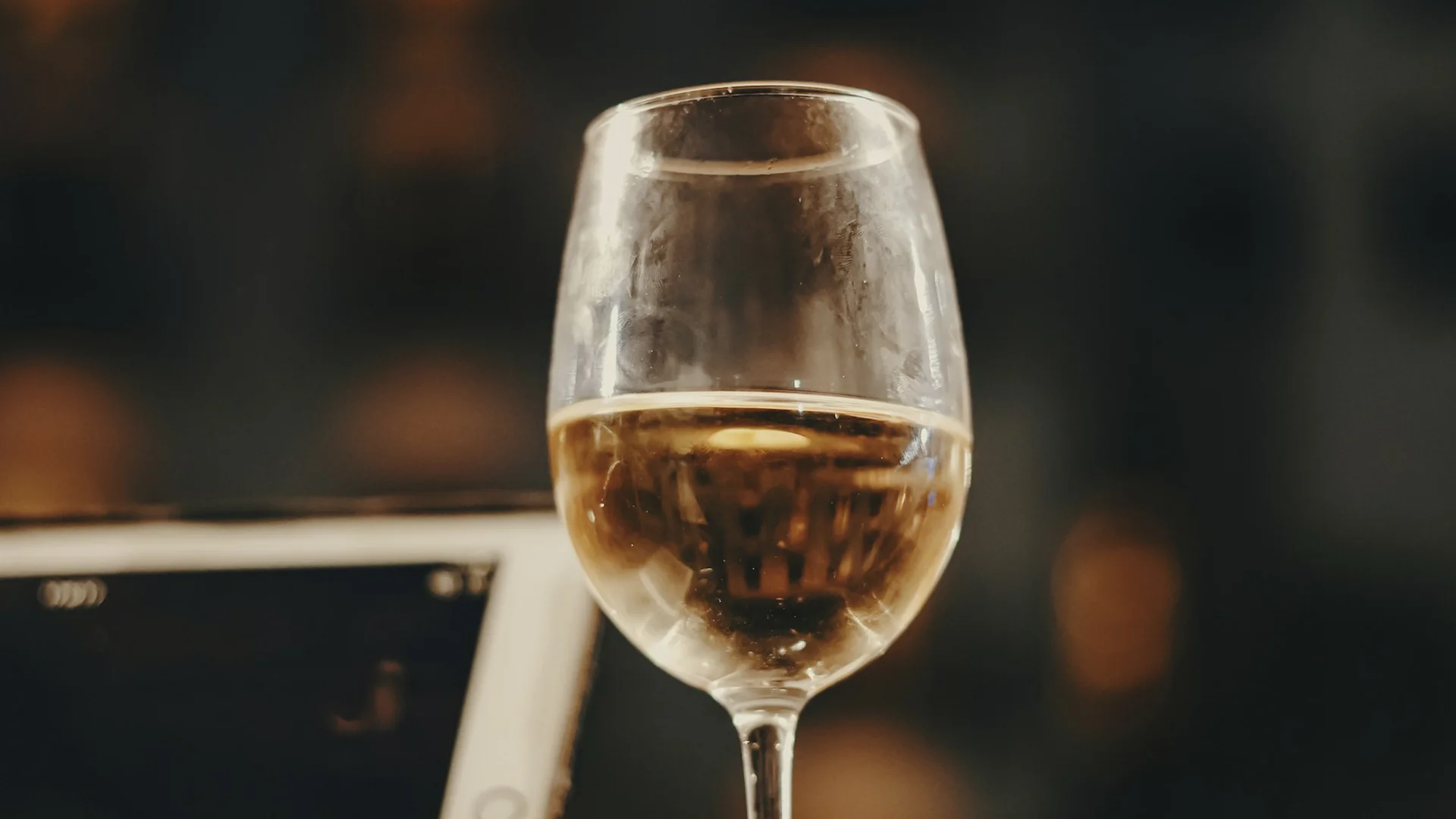




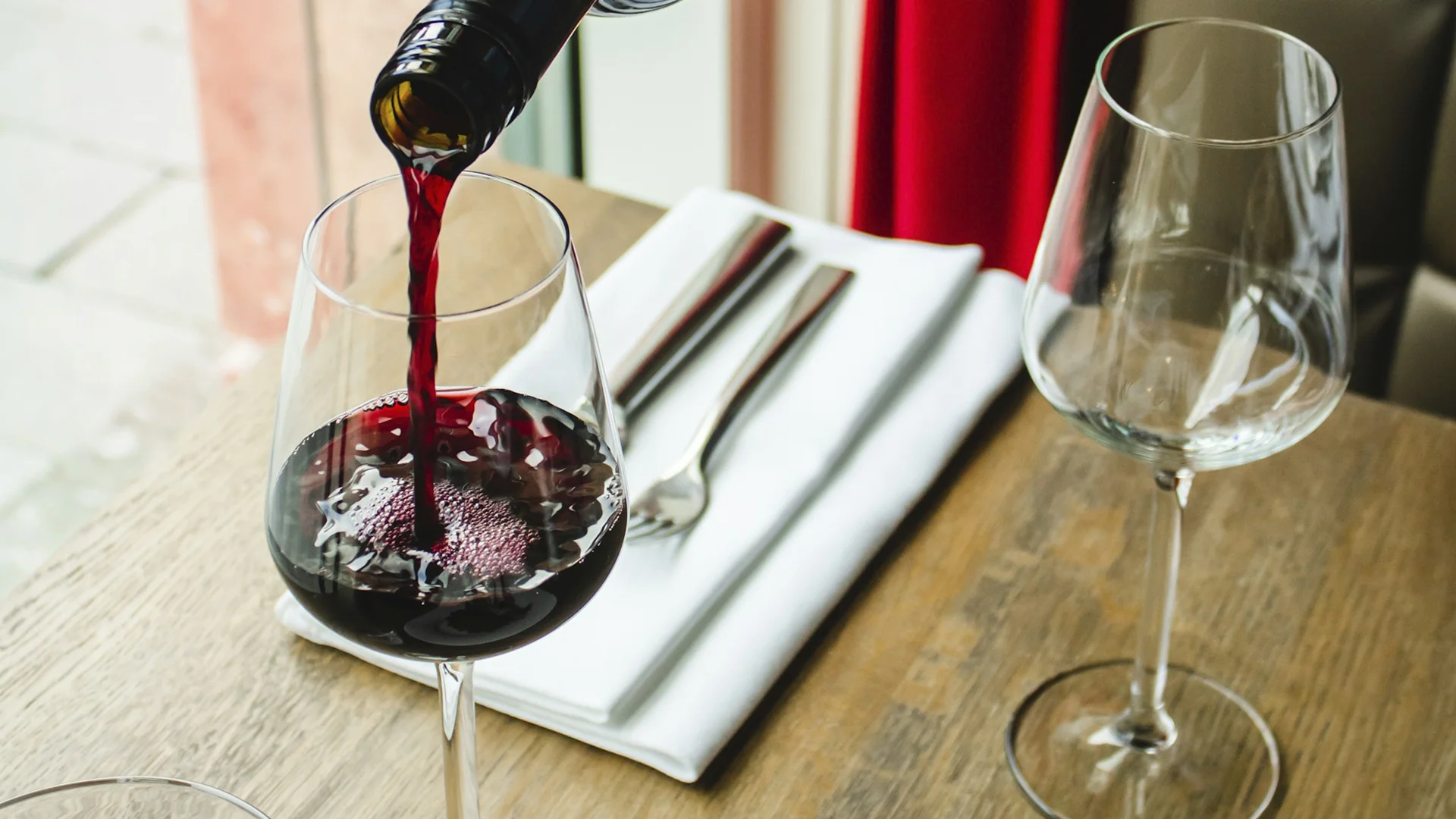












.webp)

.webp)
.webp)
.webp)



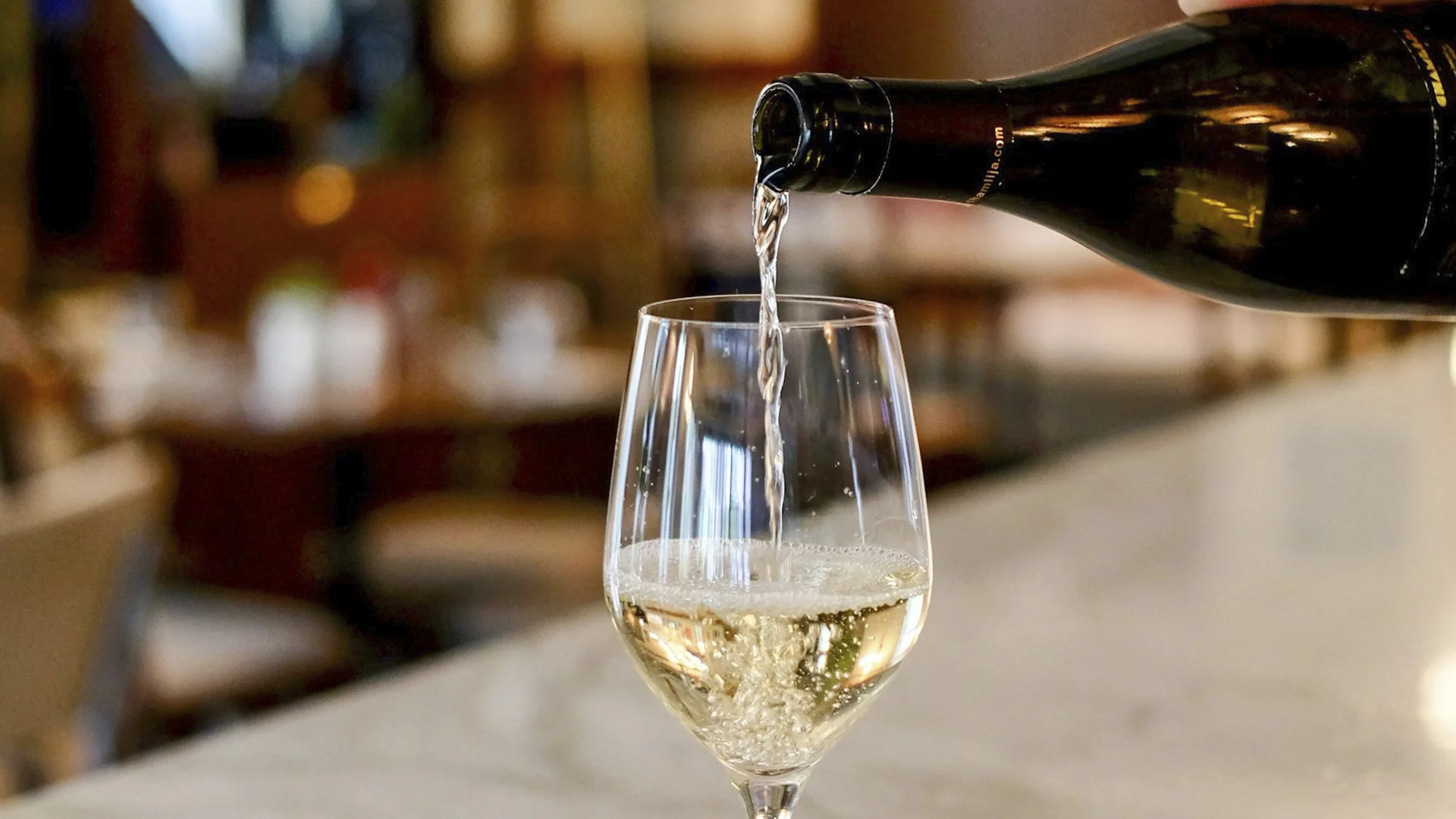


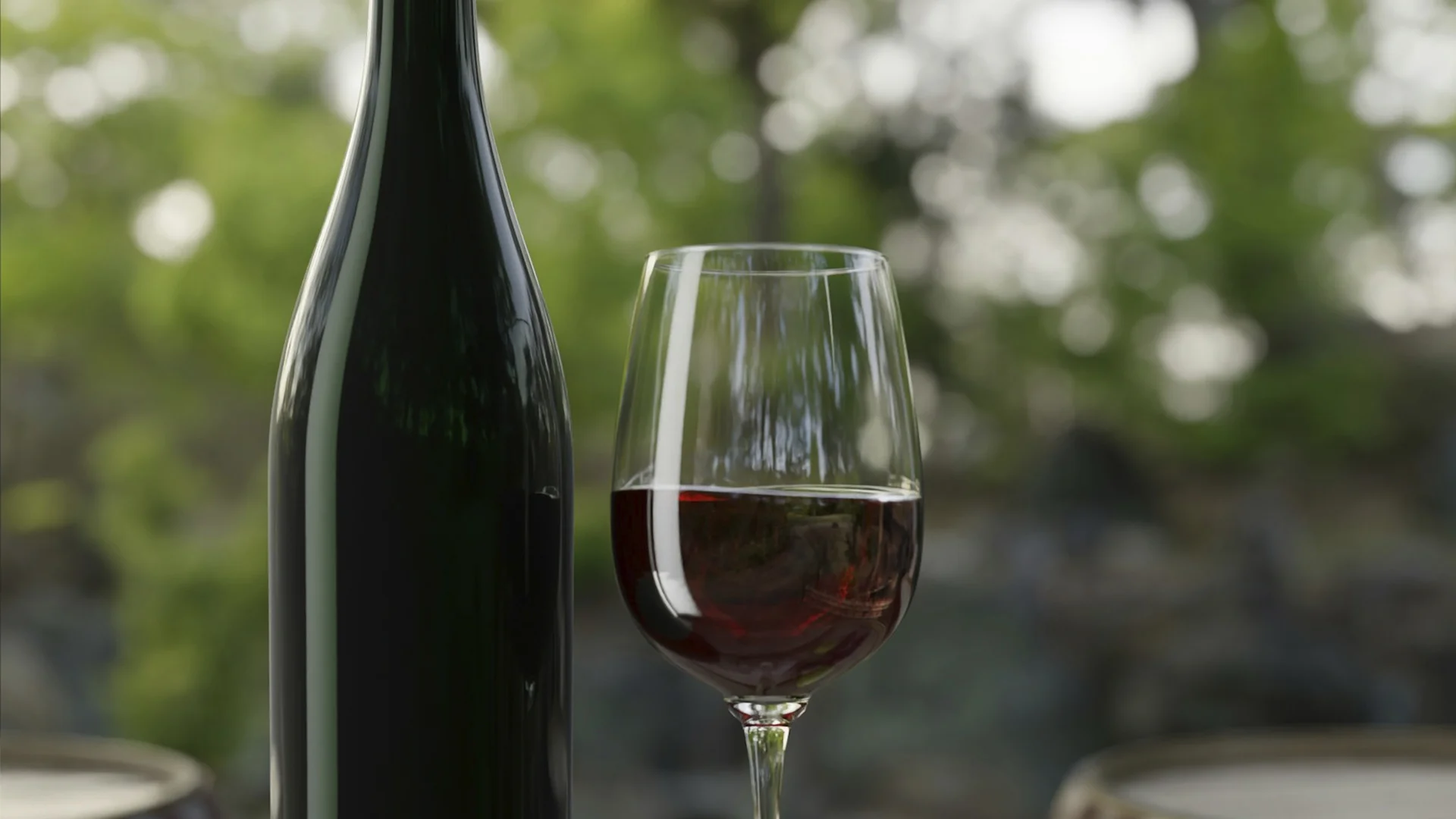



















.webp)













Are you interested in
collaborating with us?